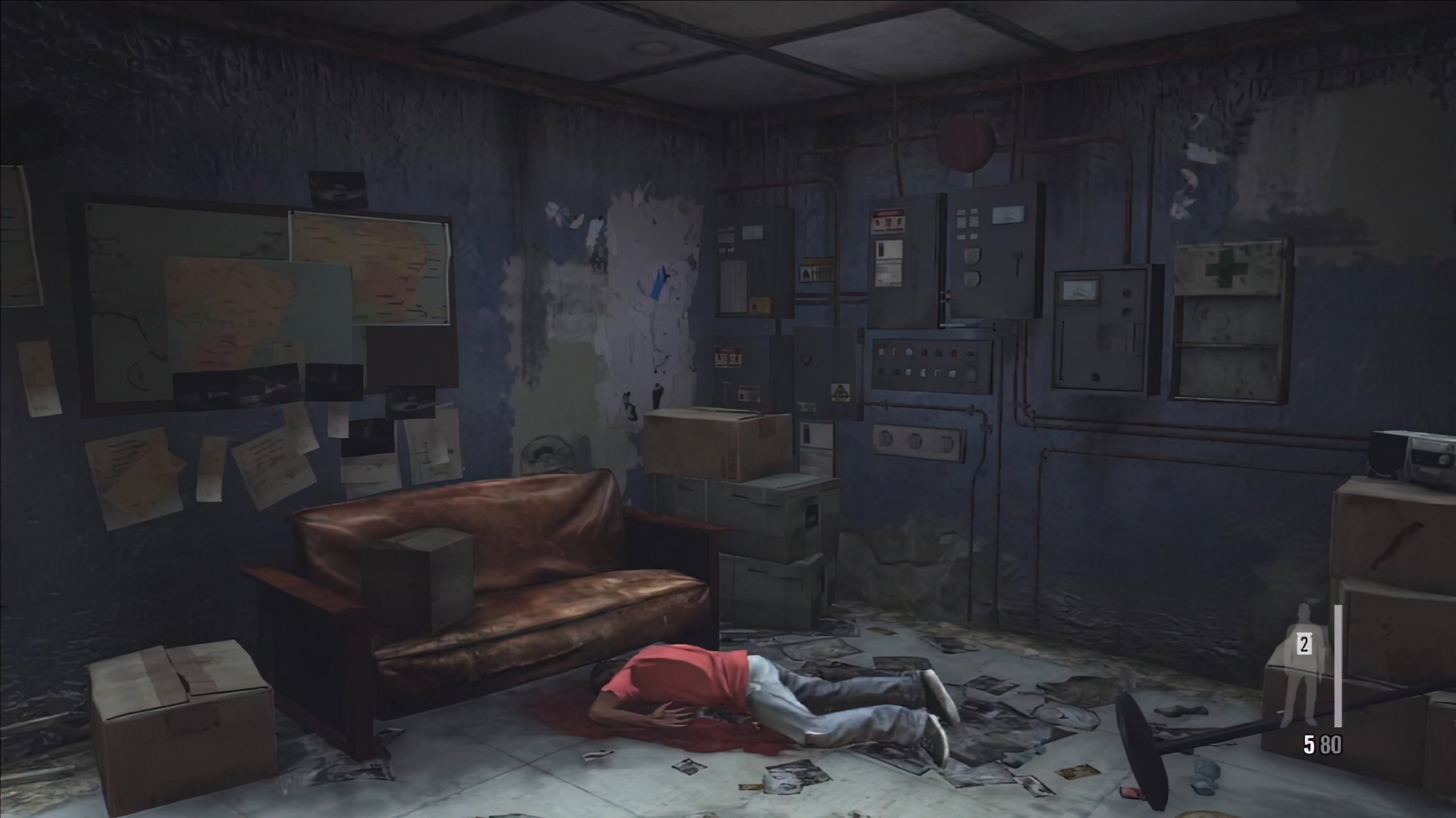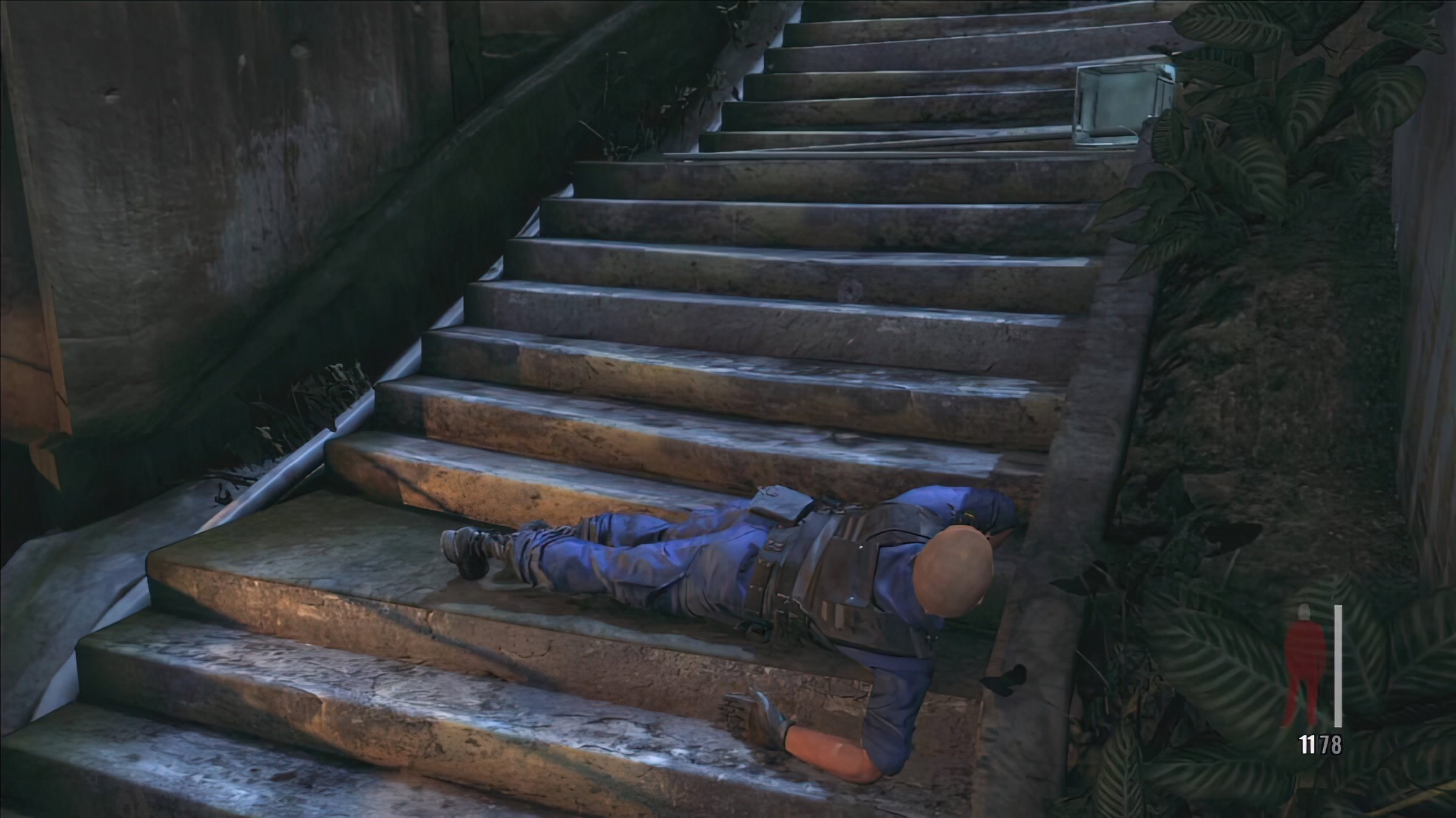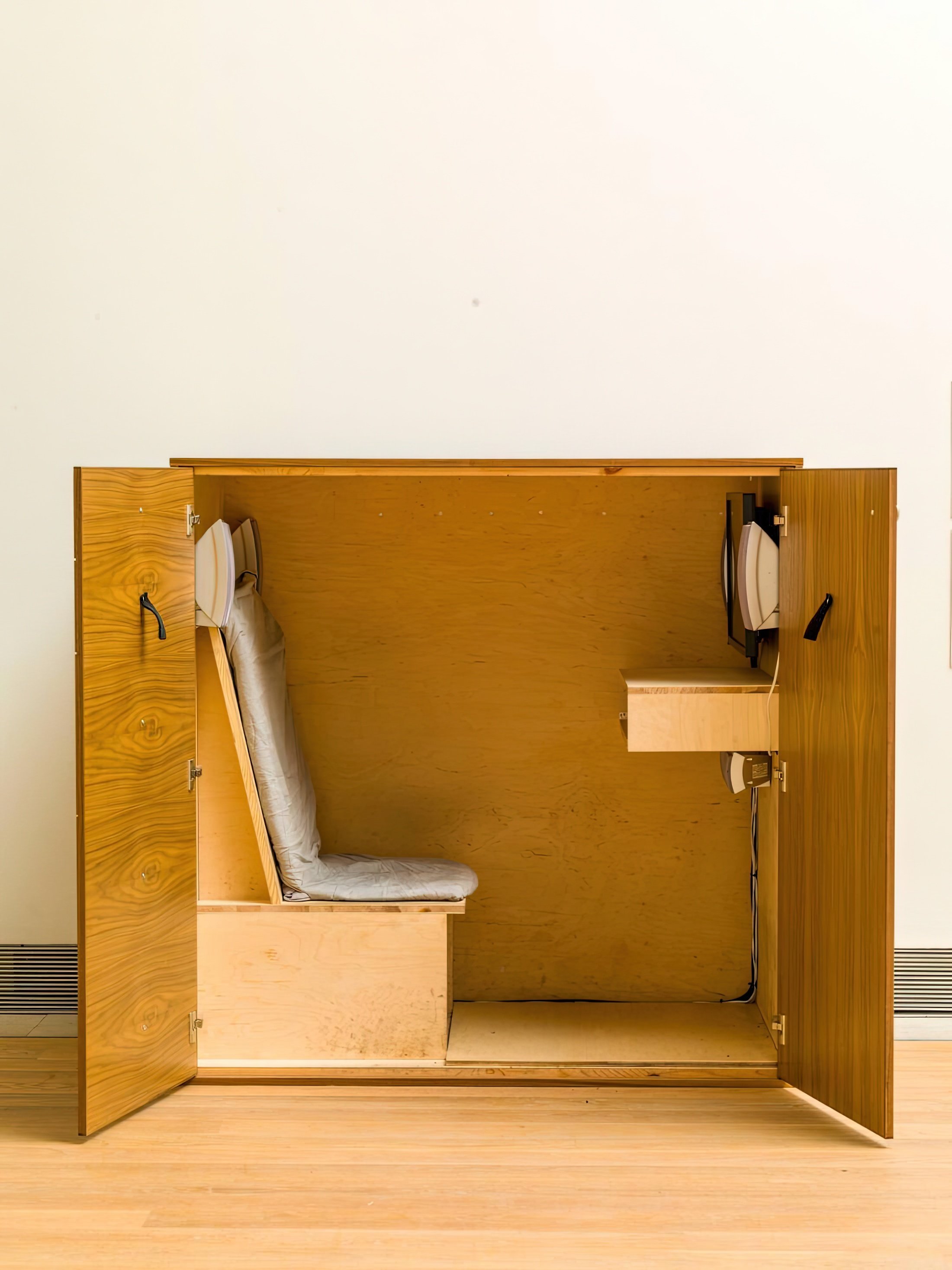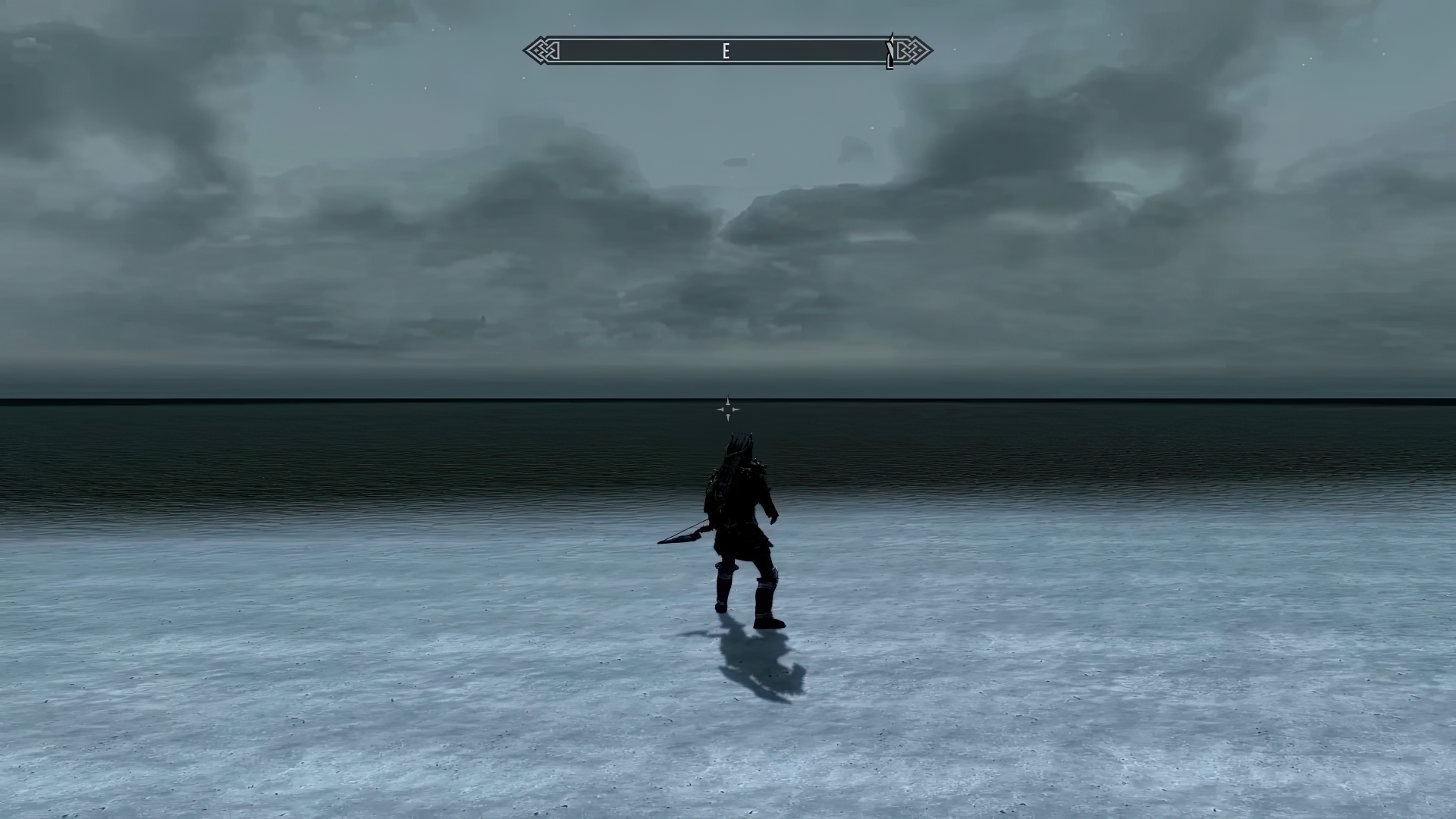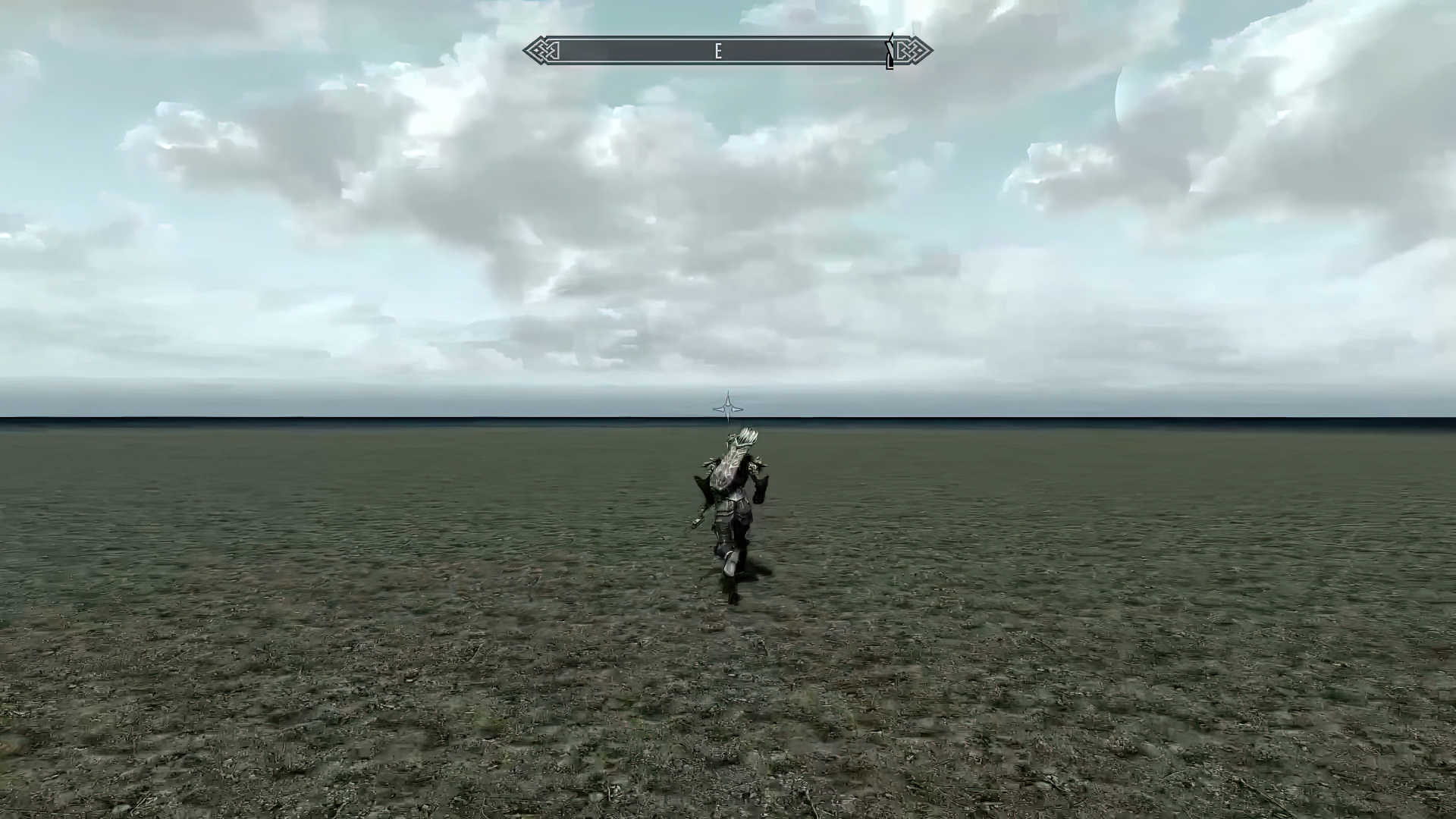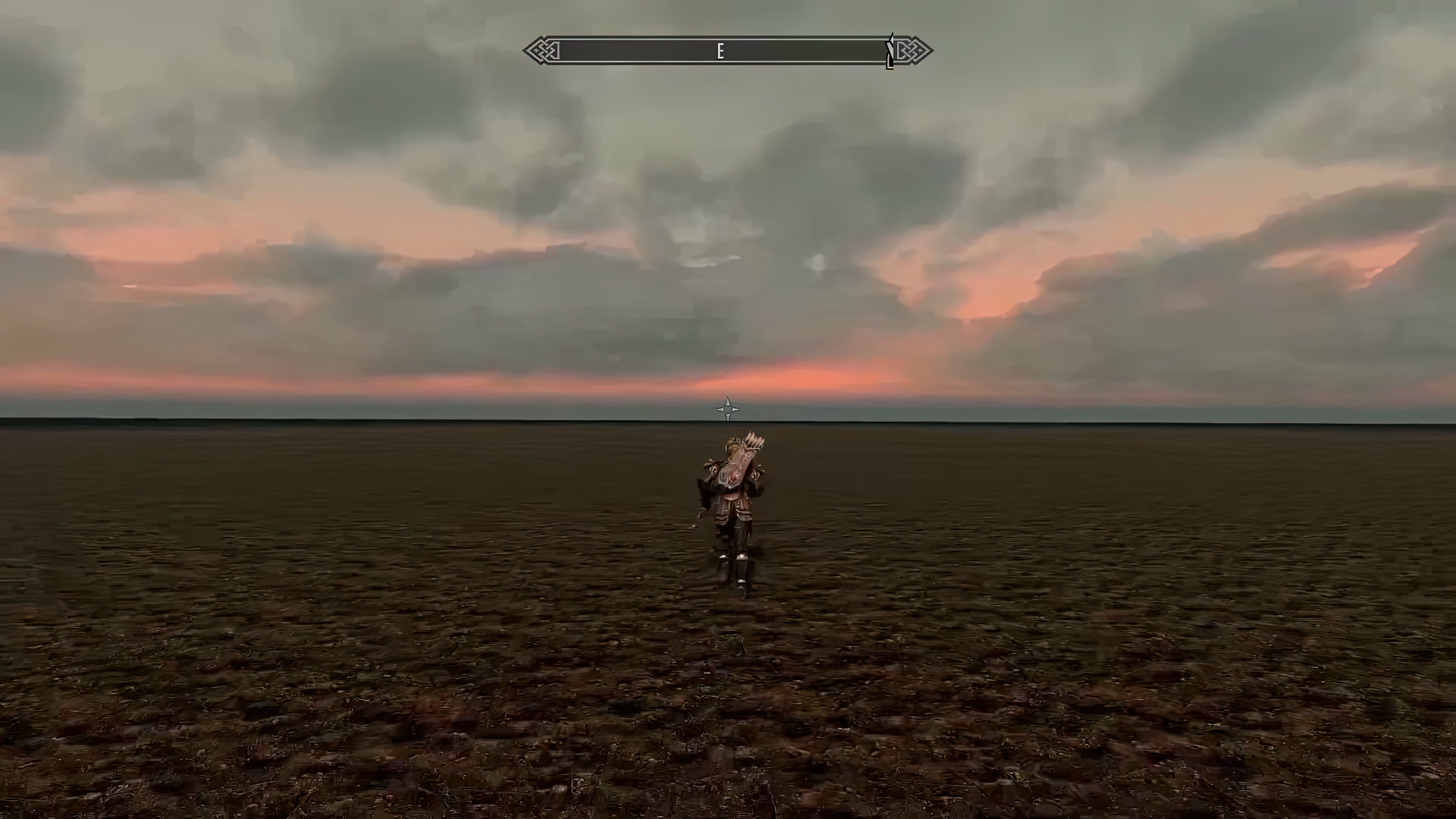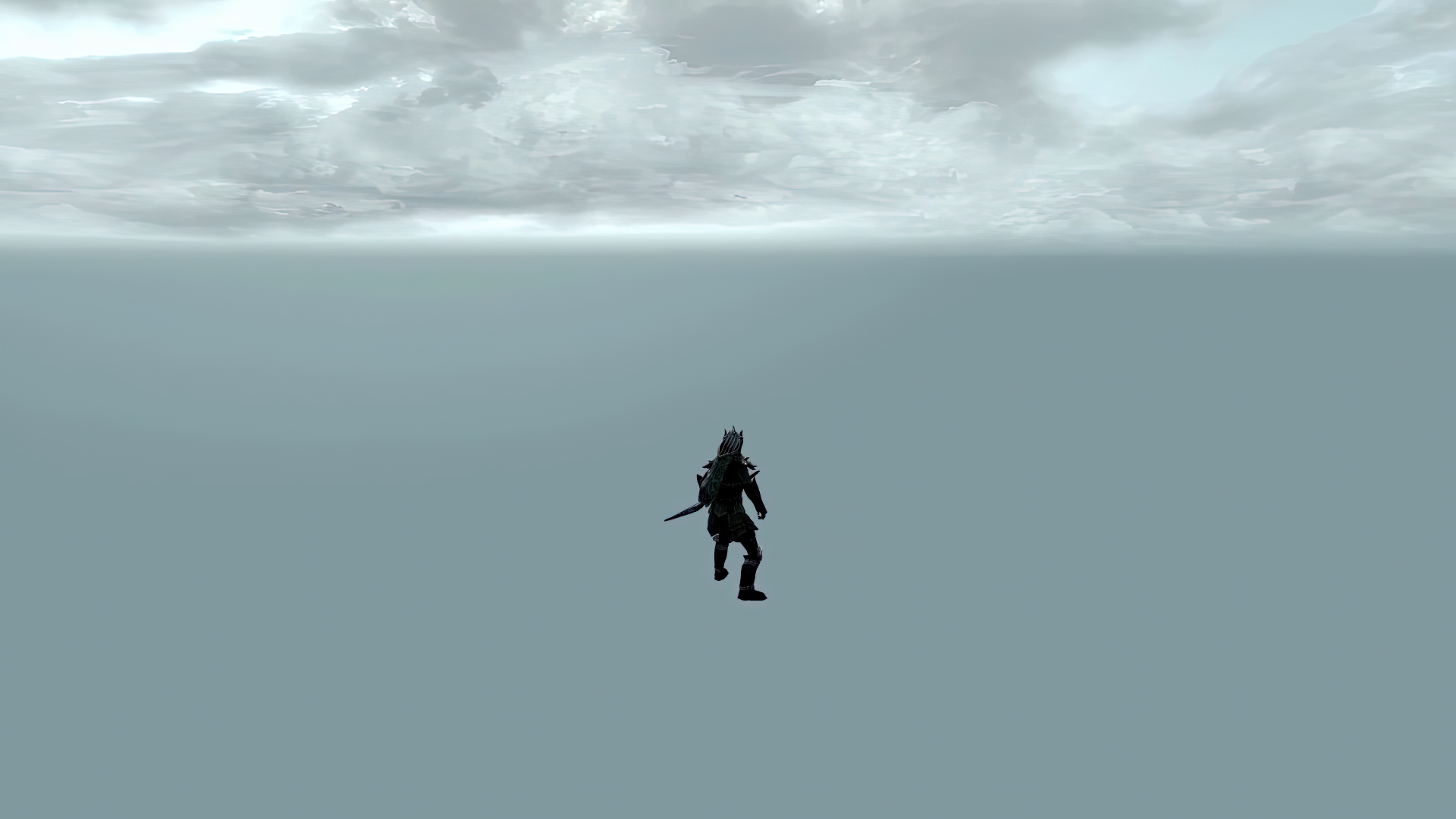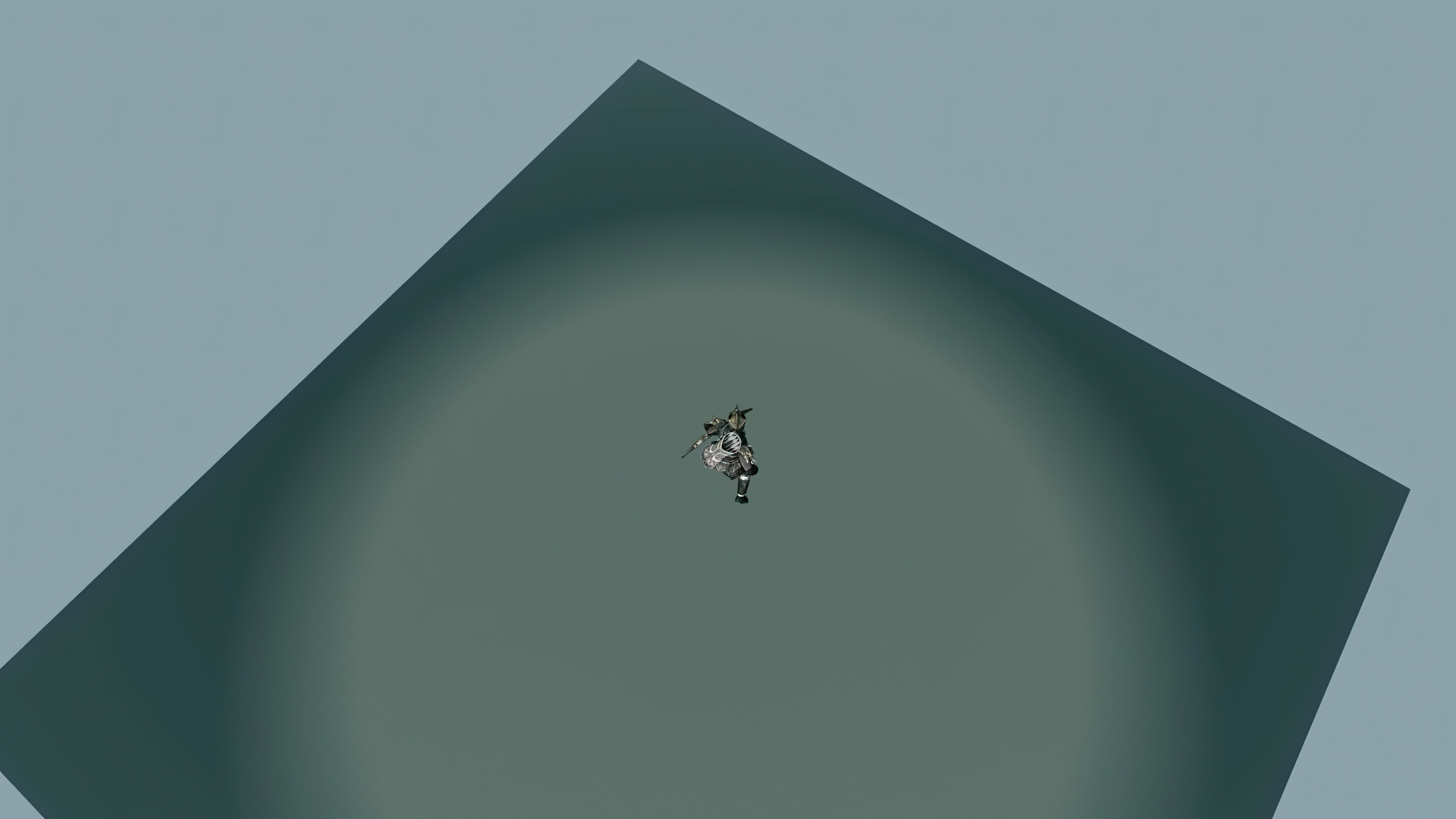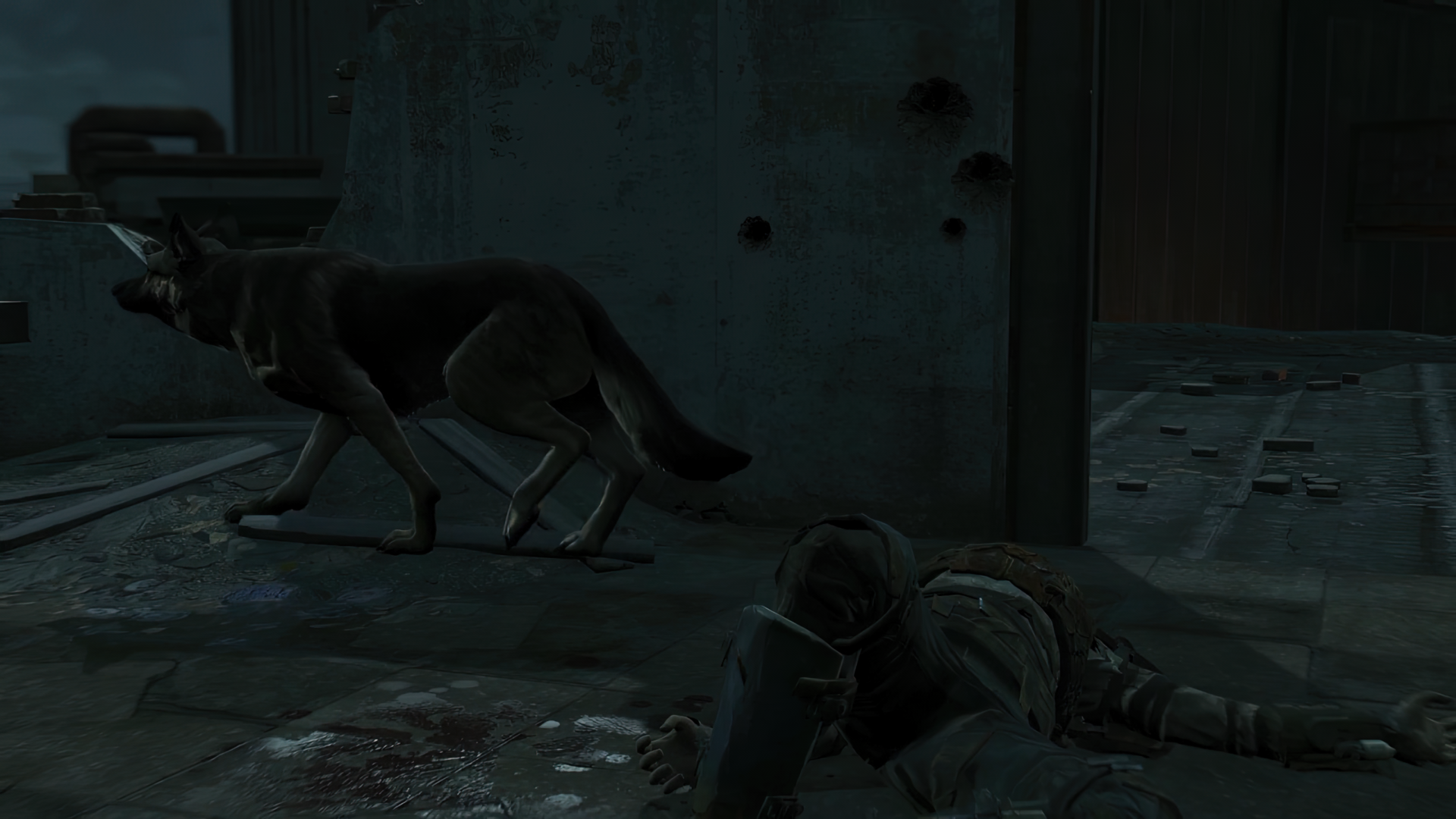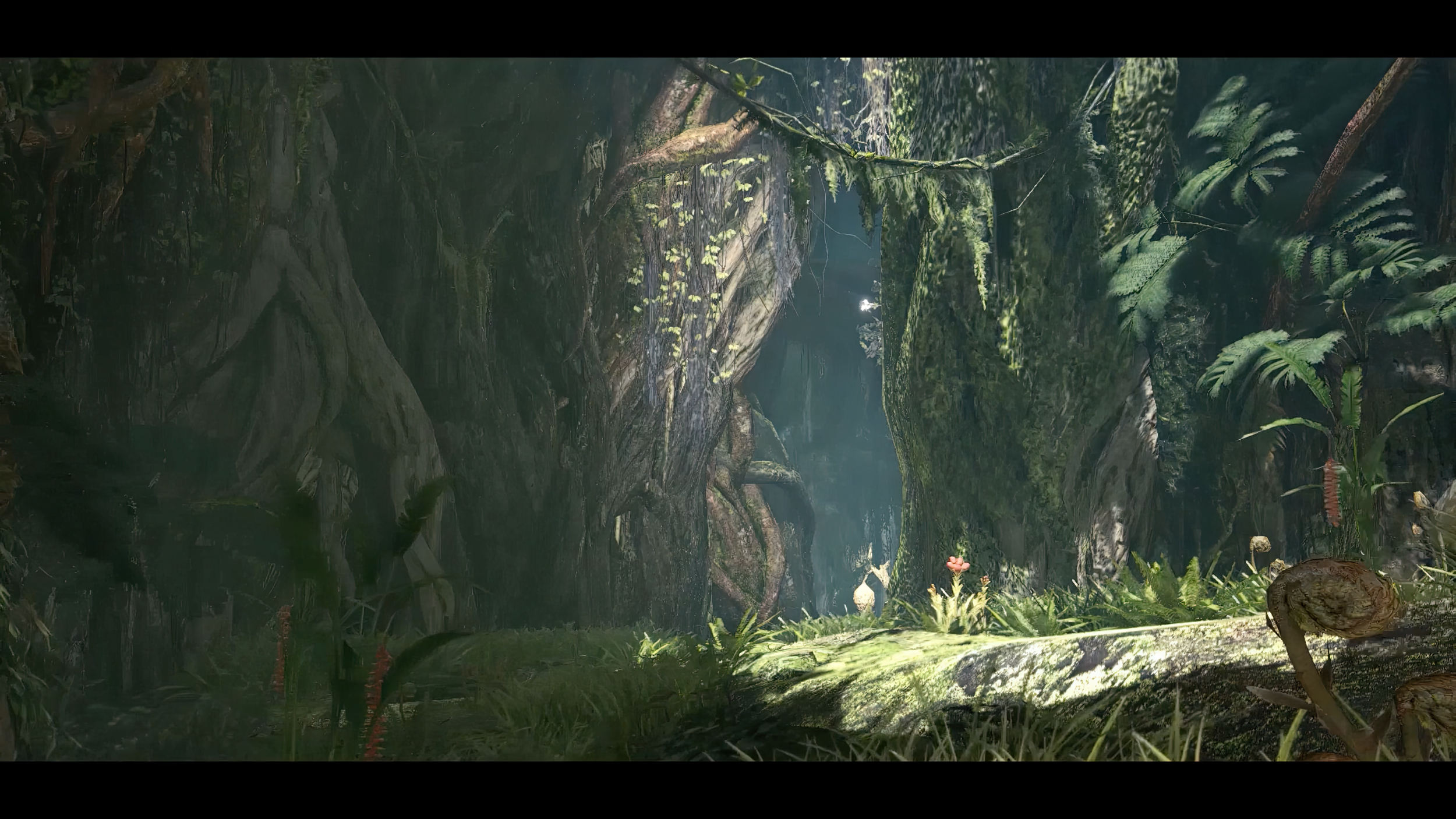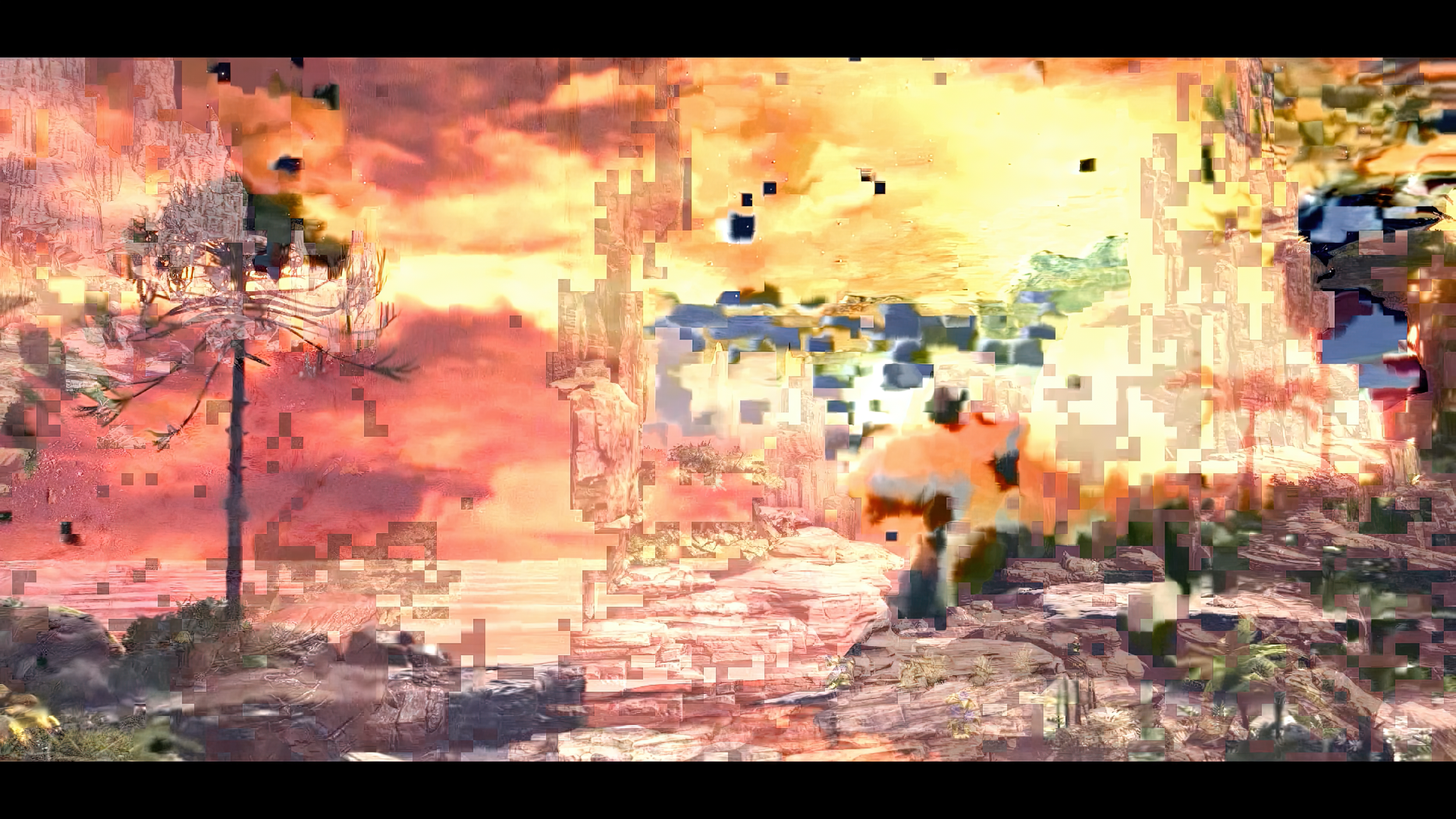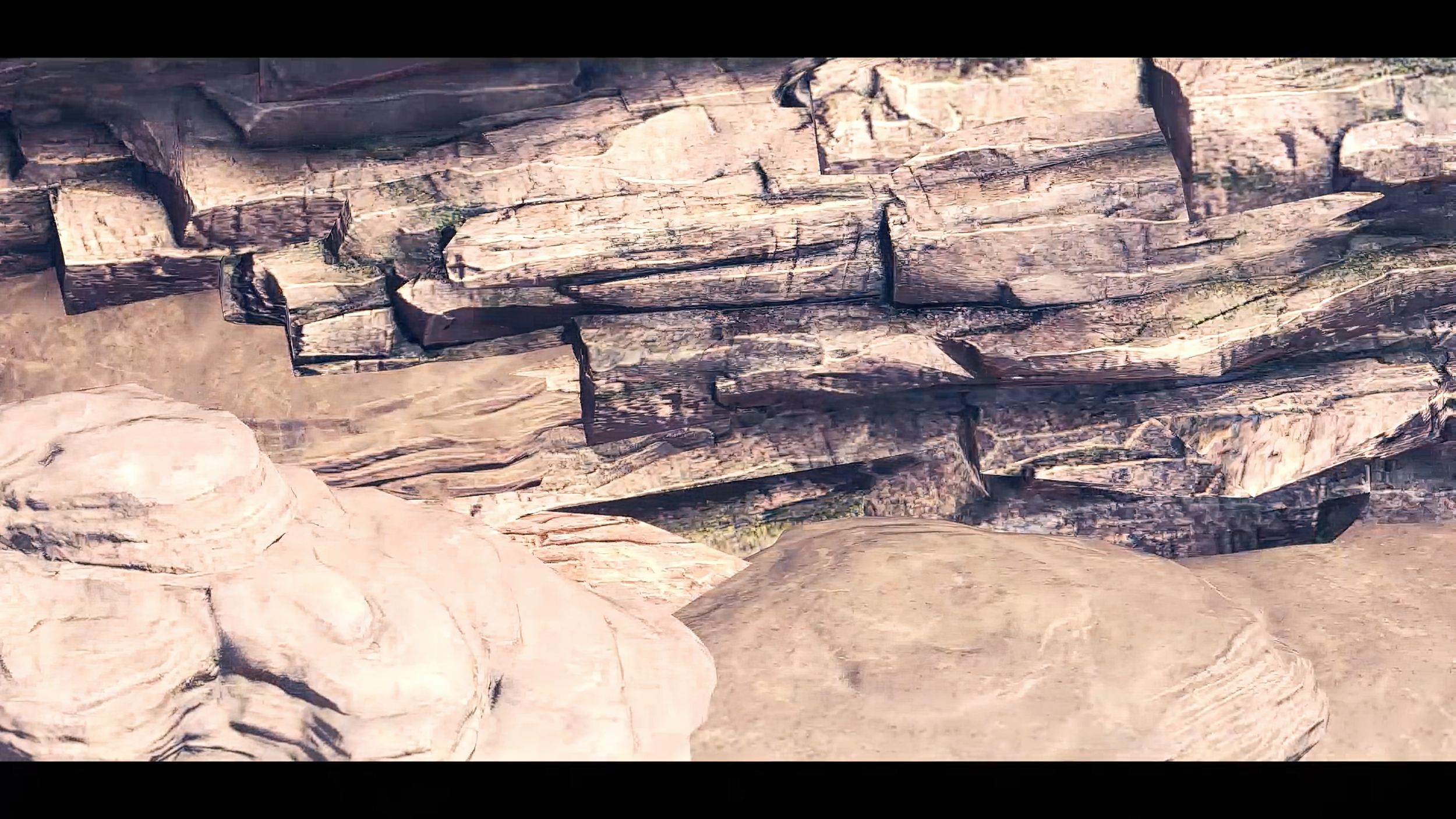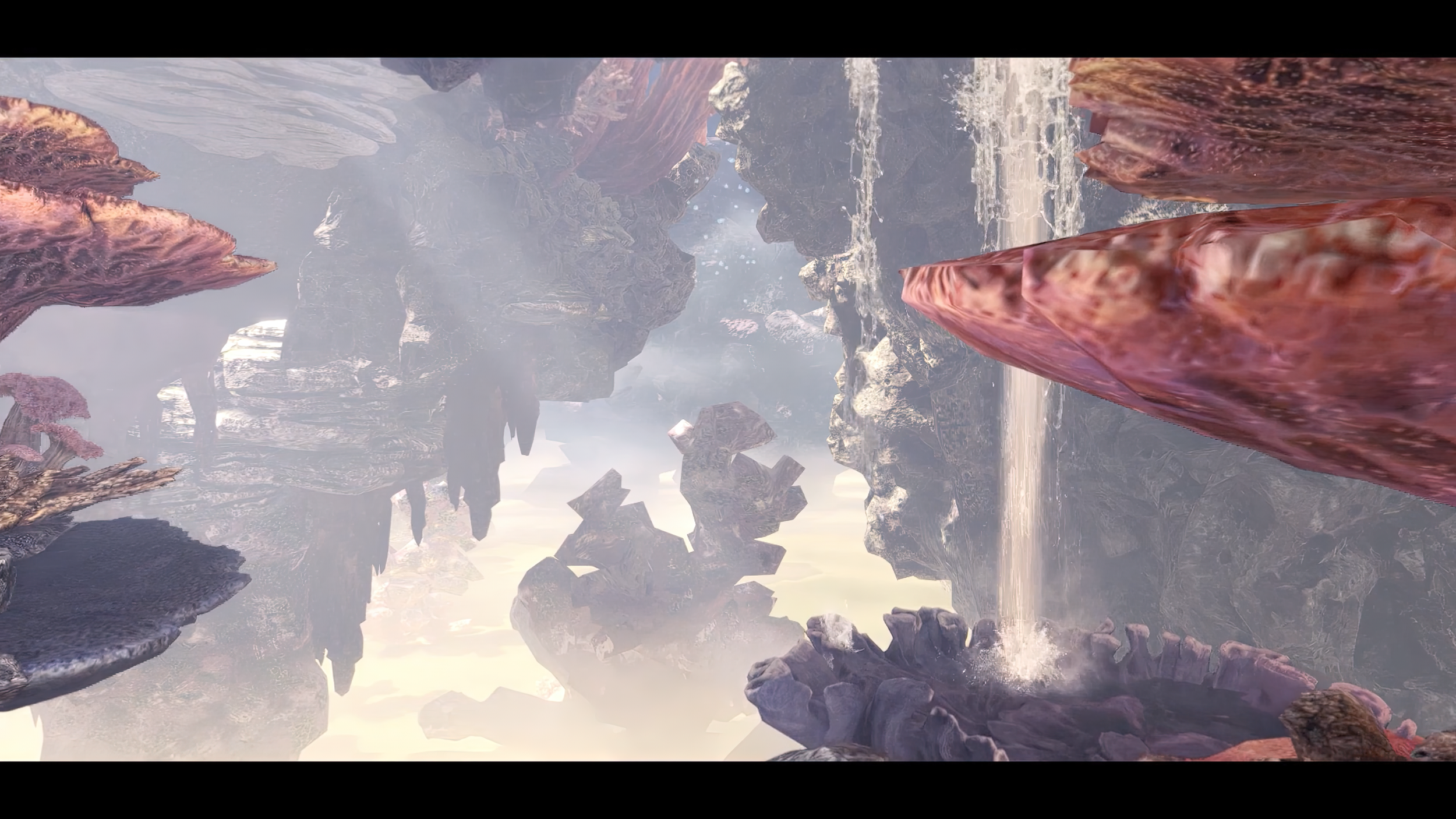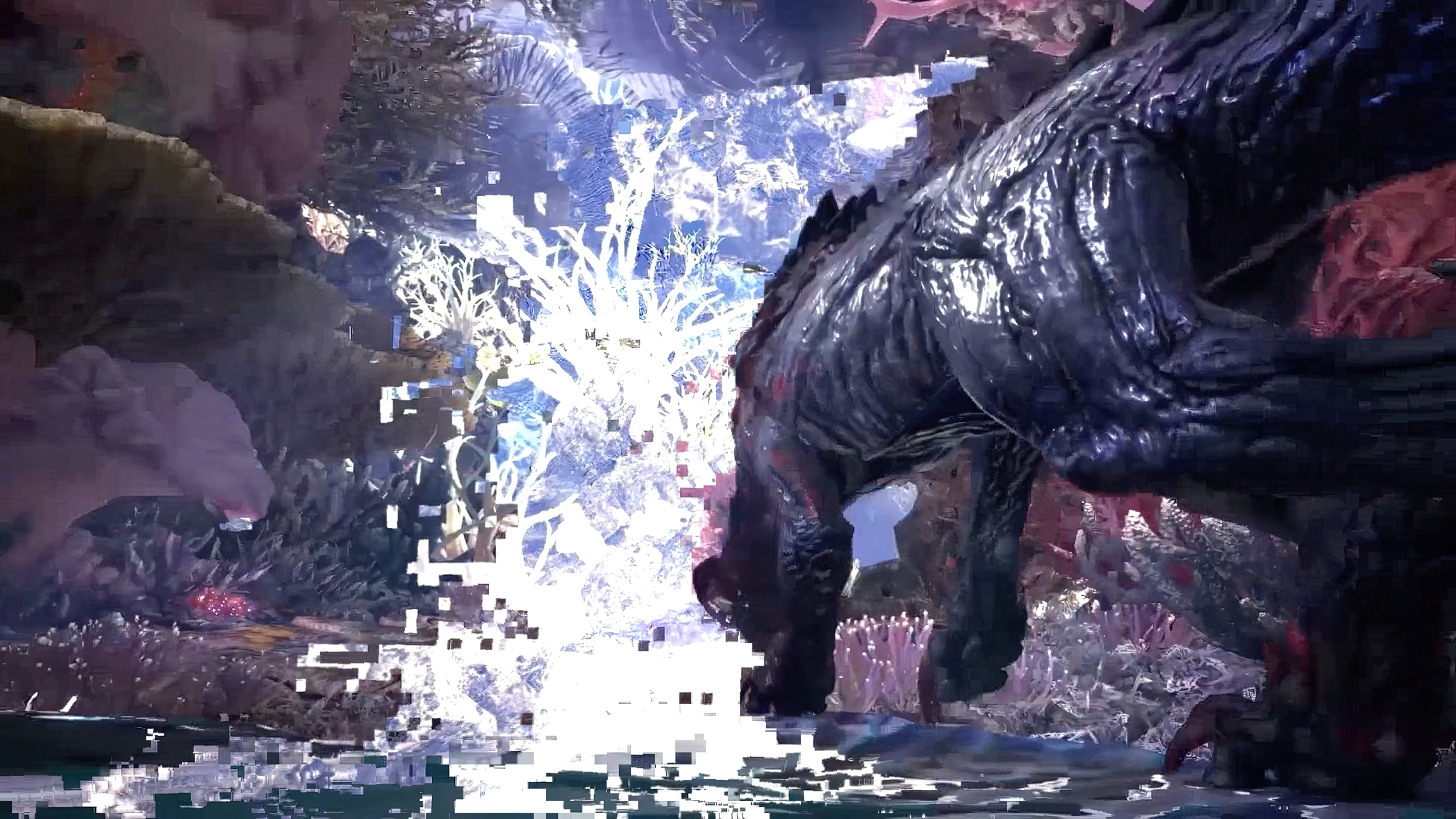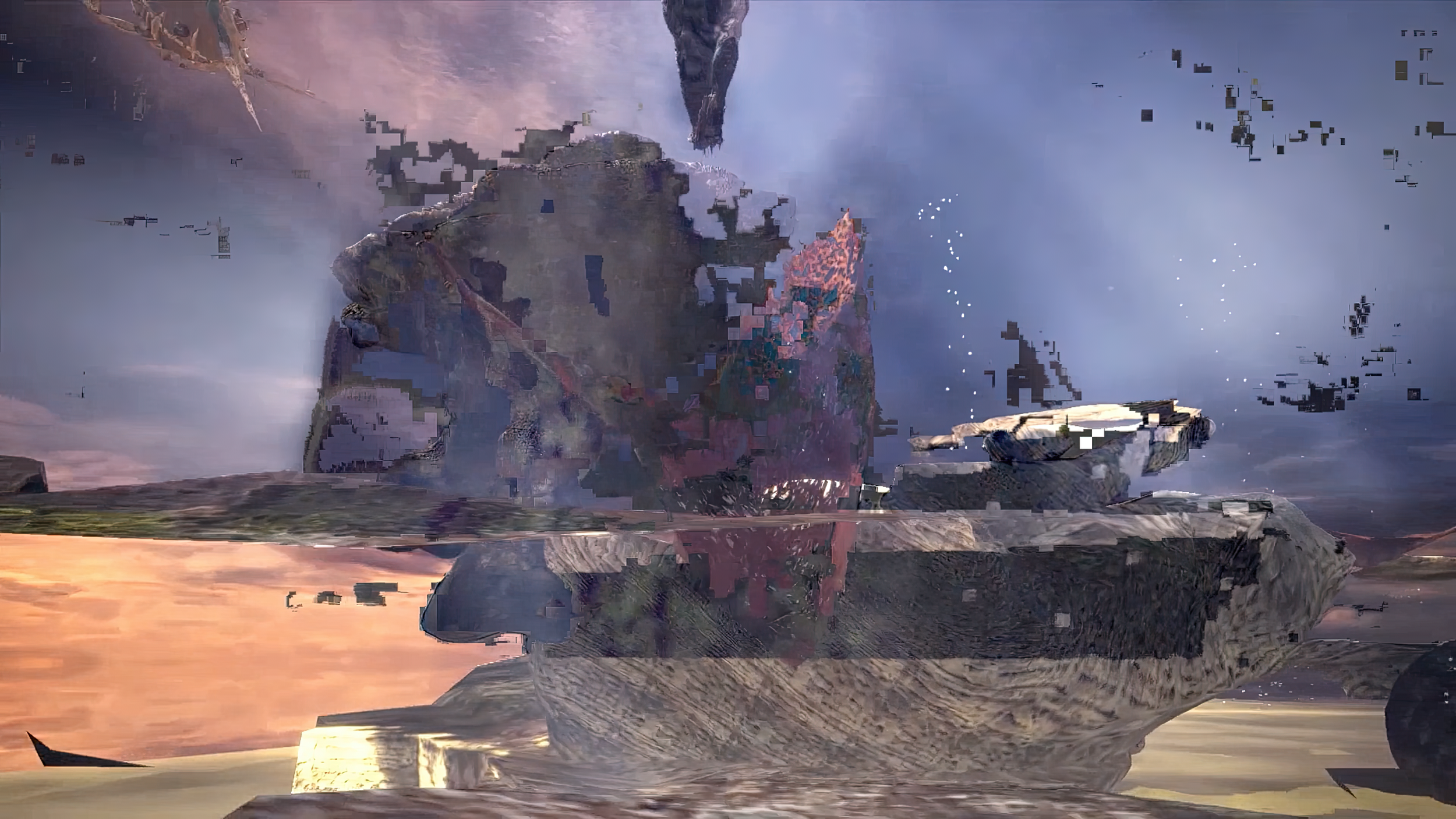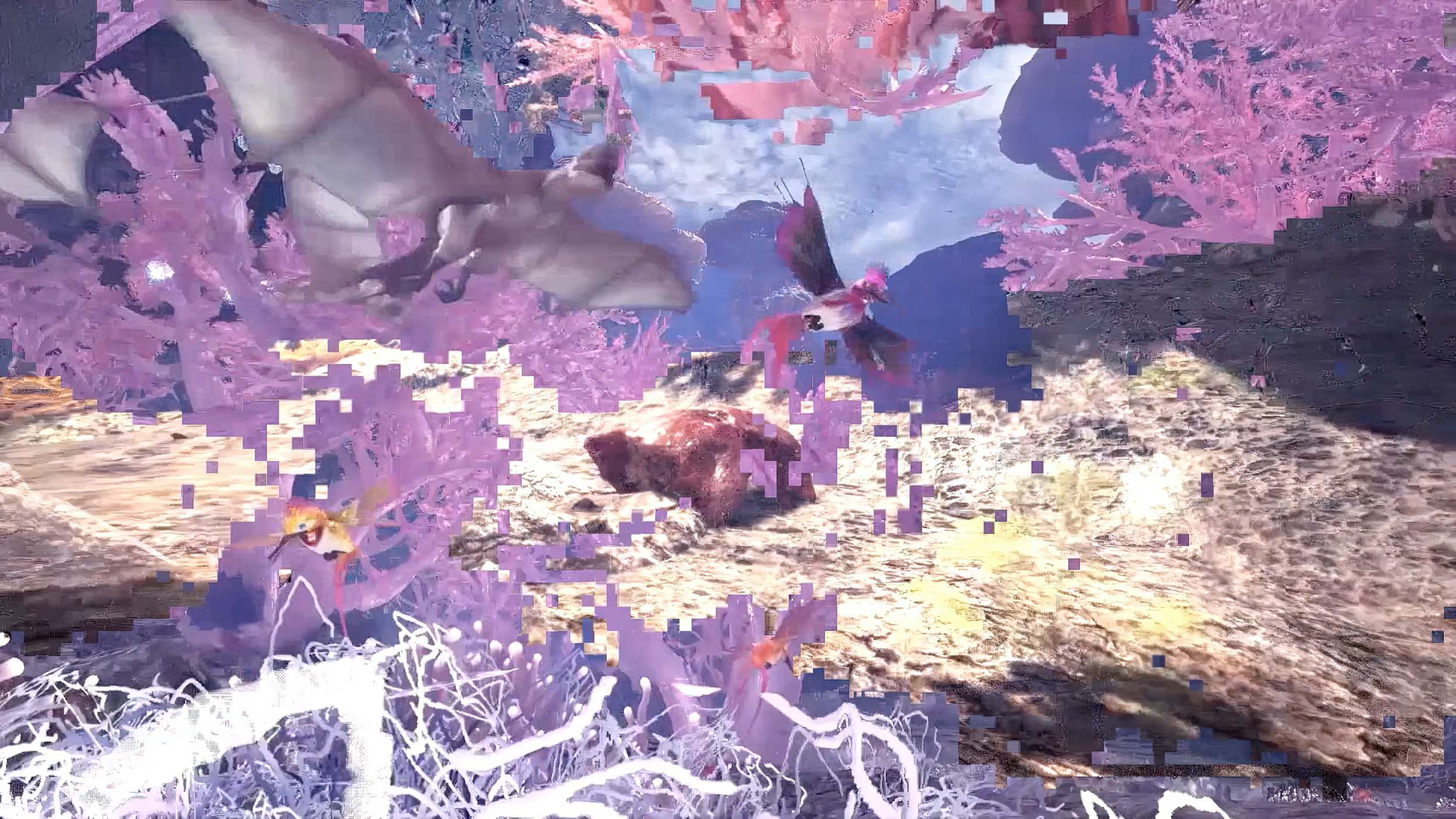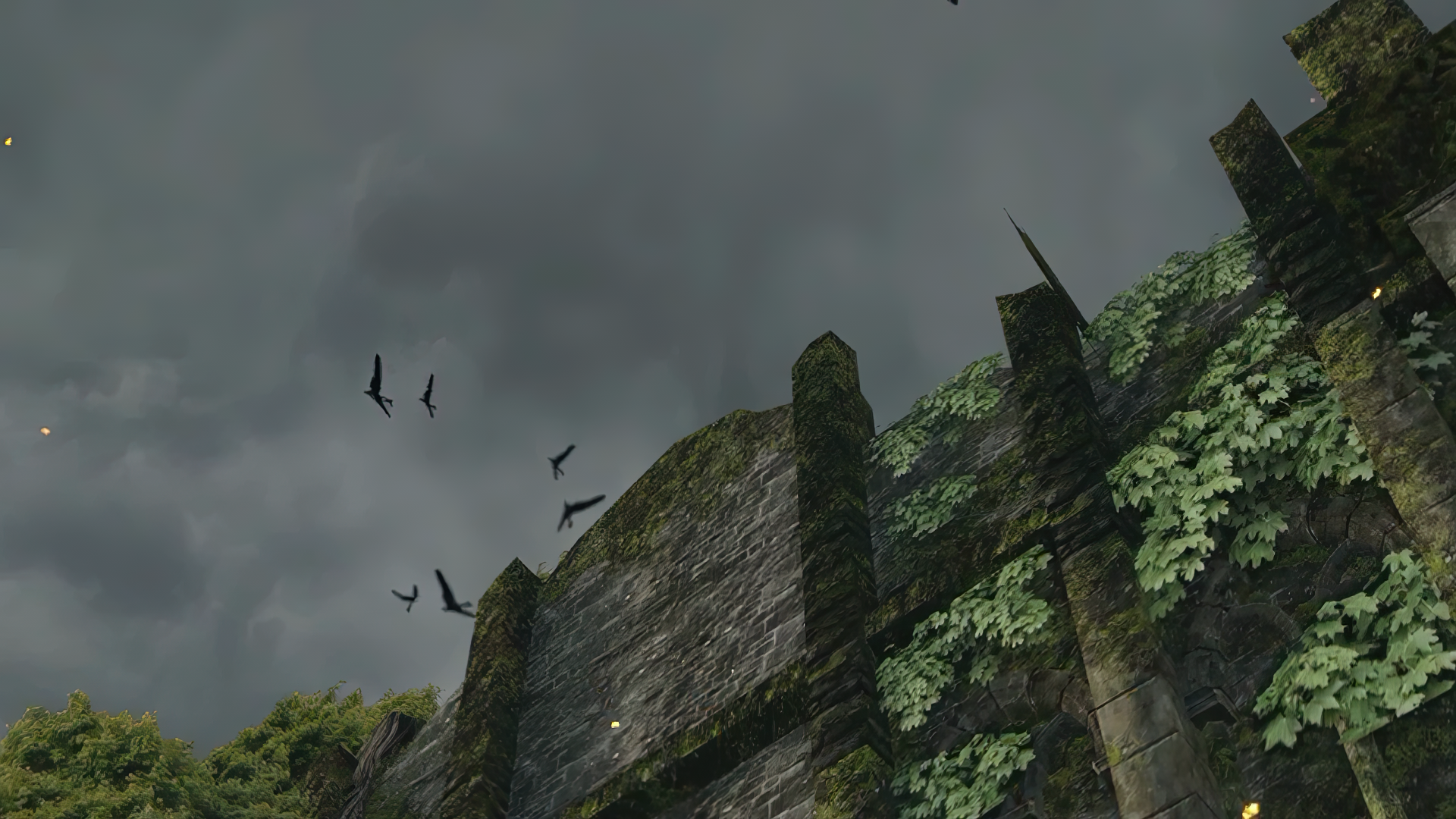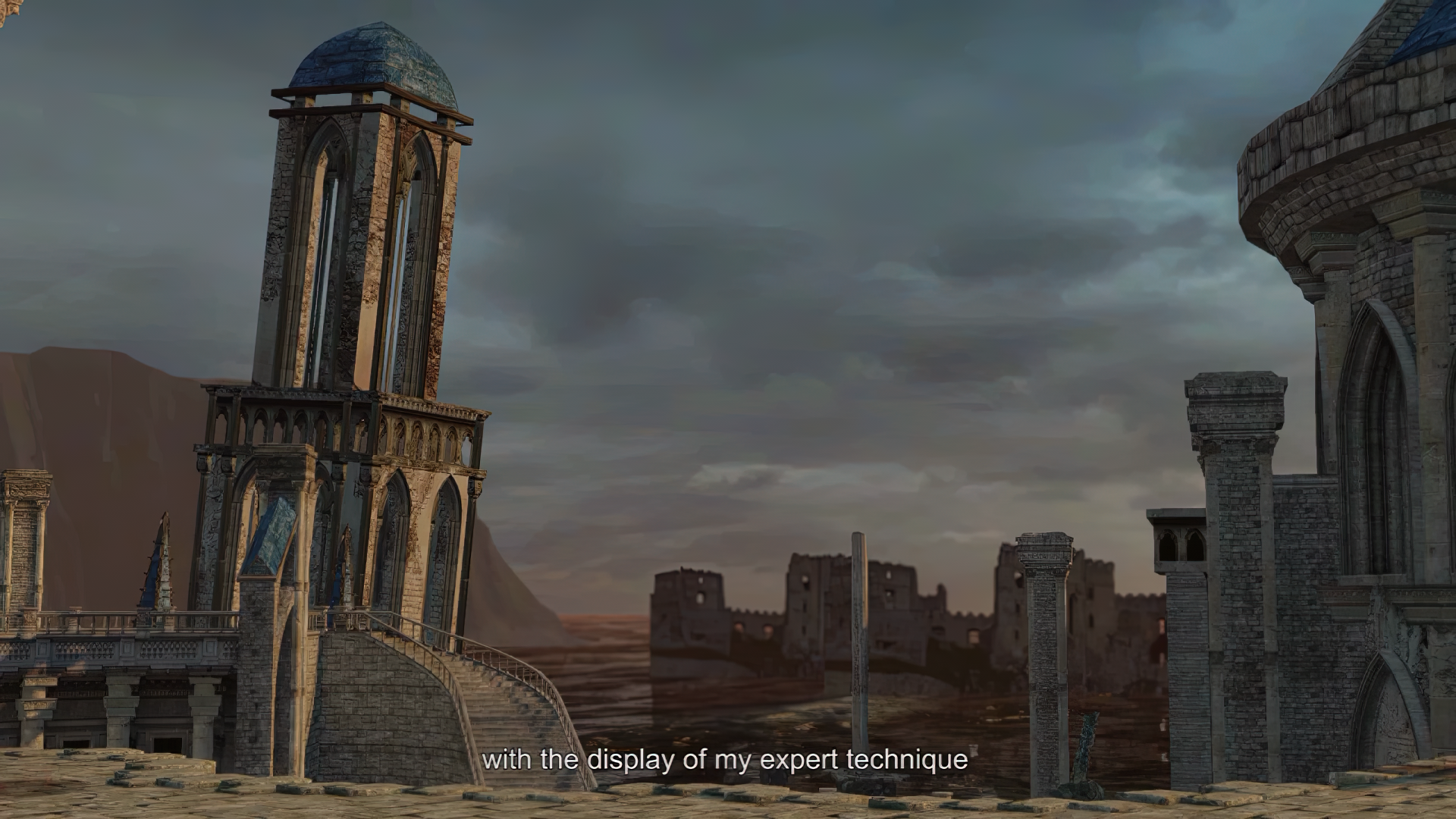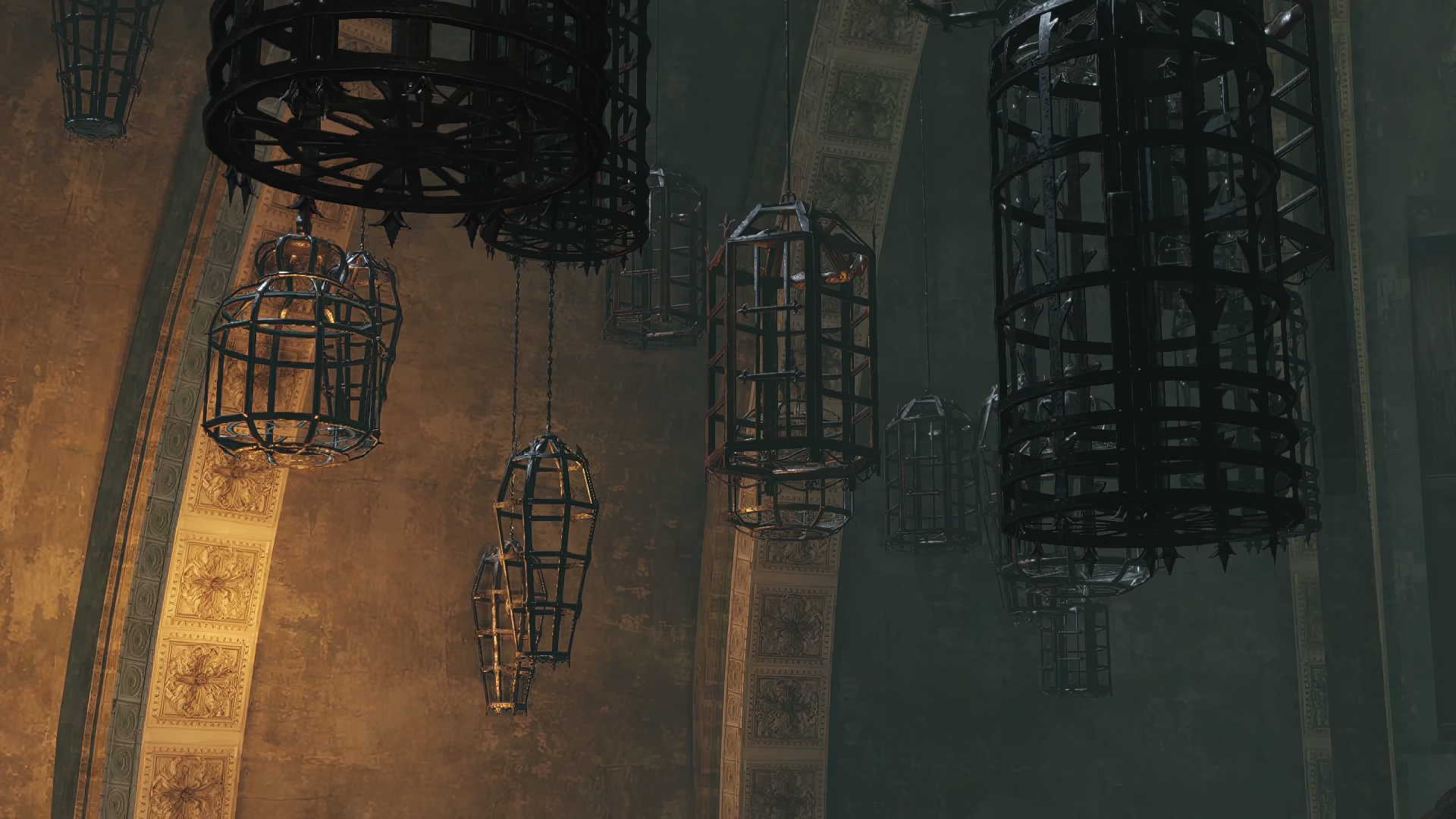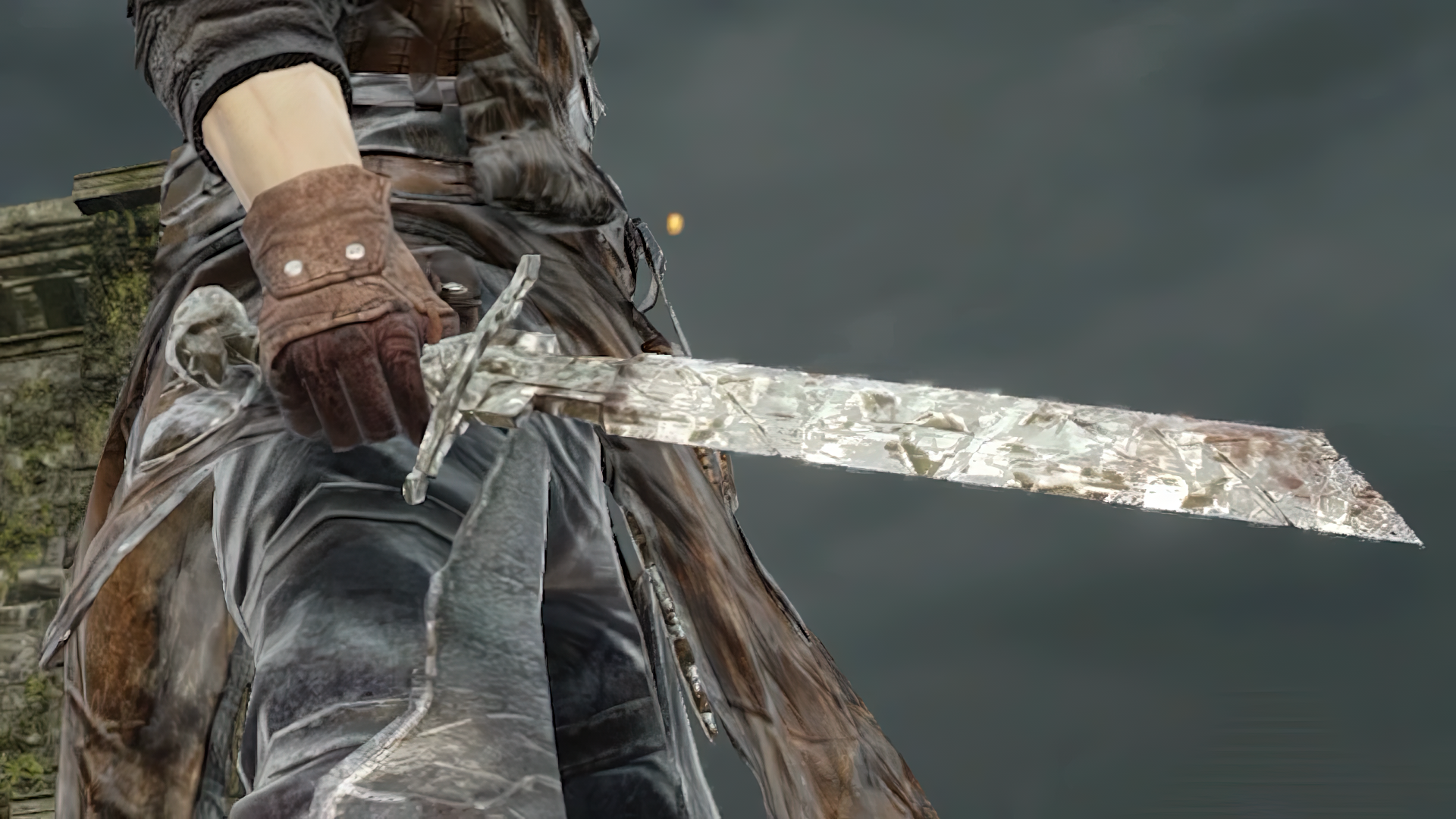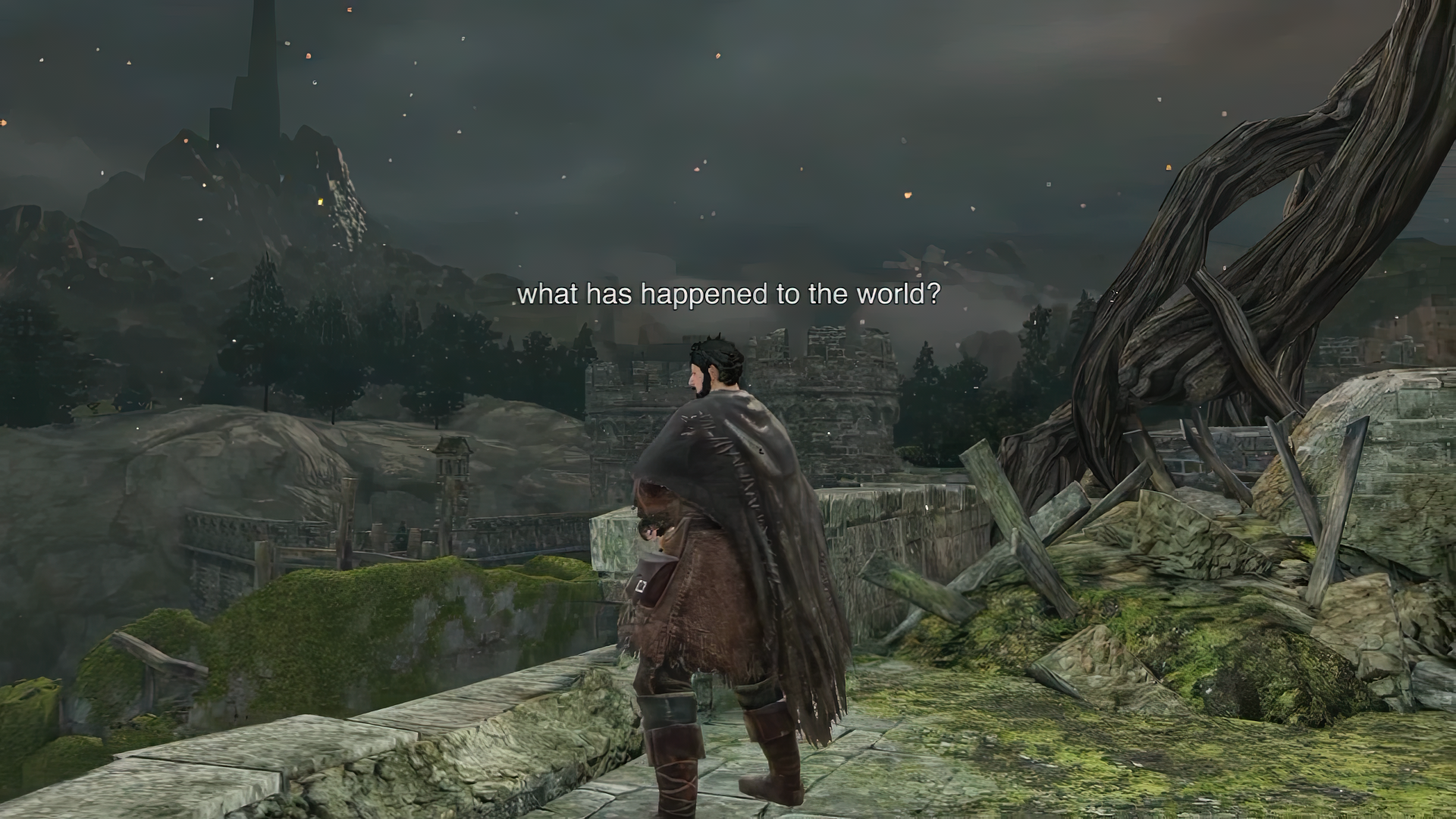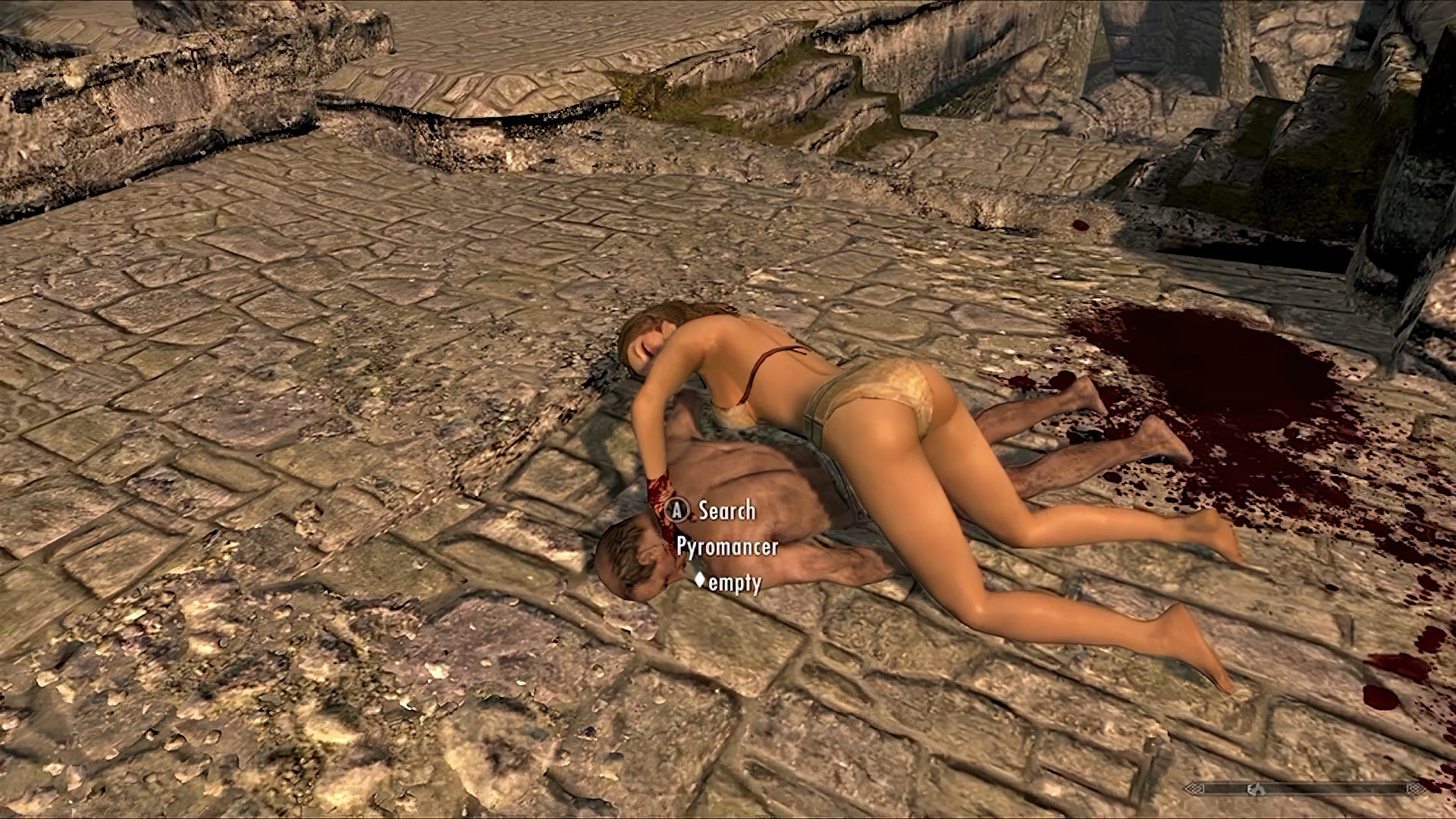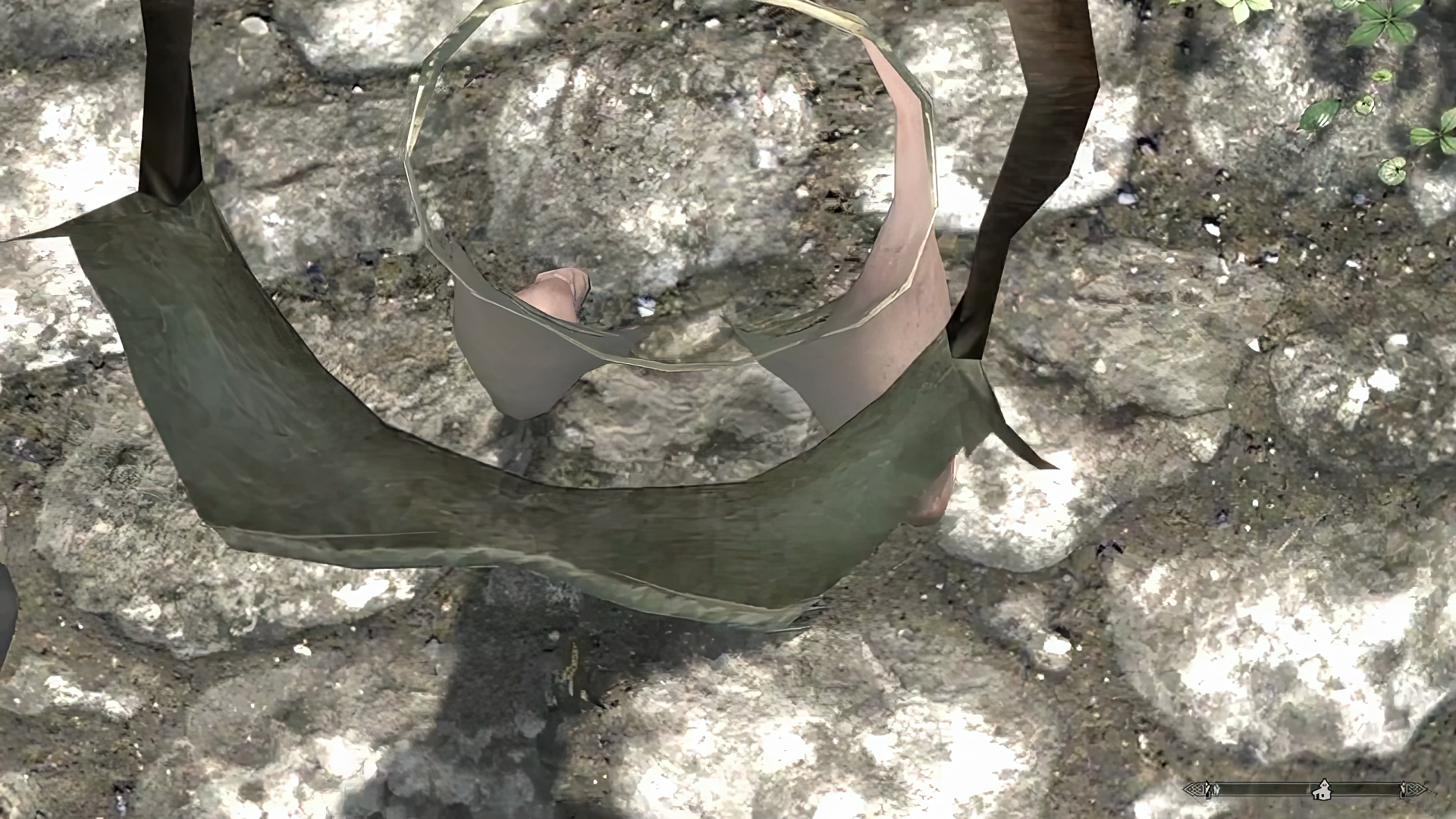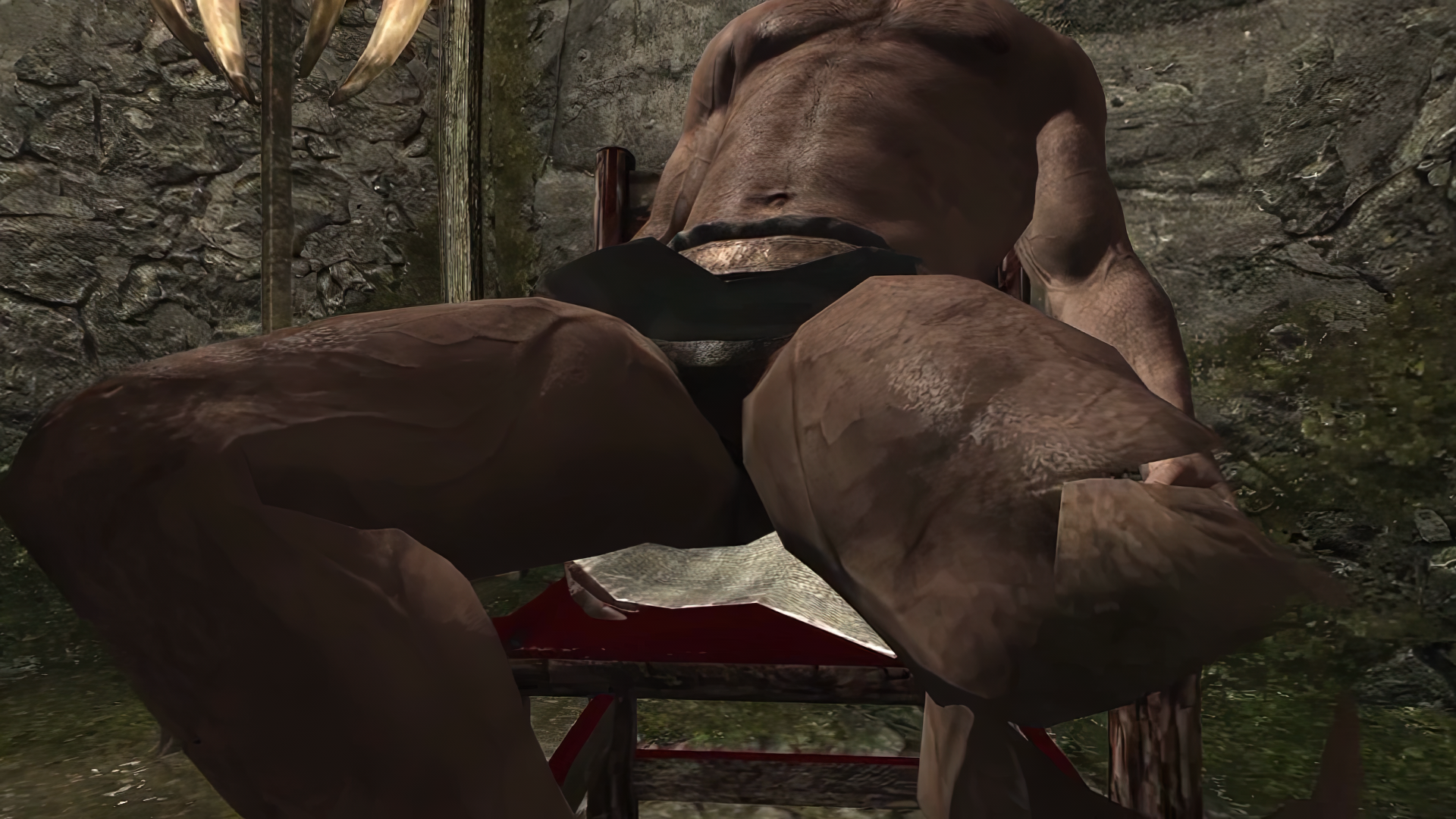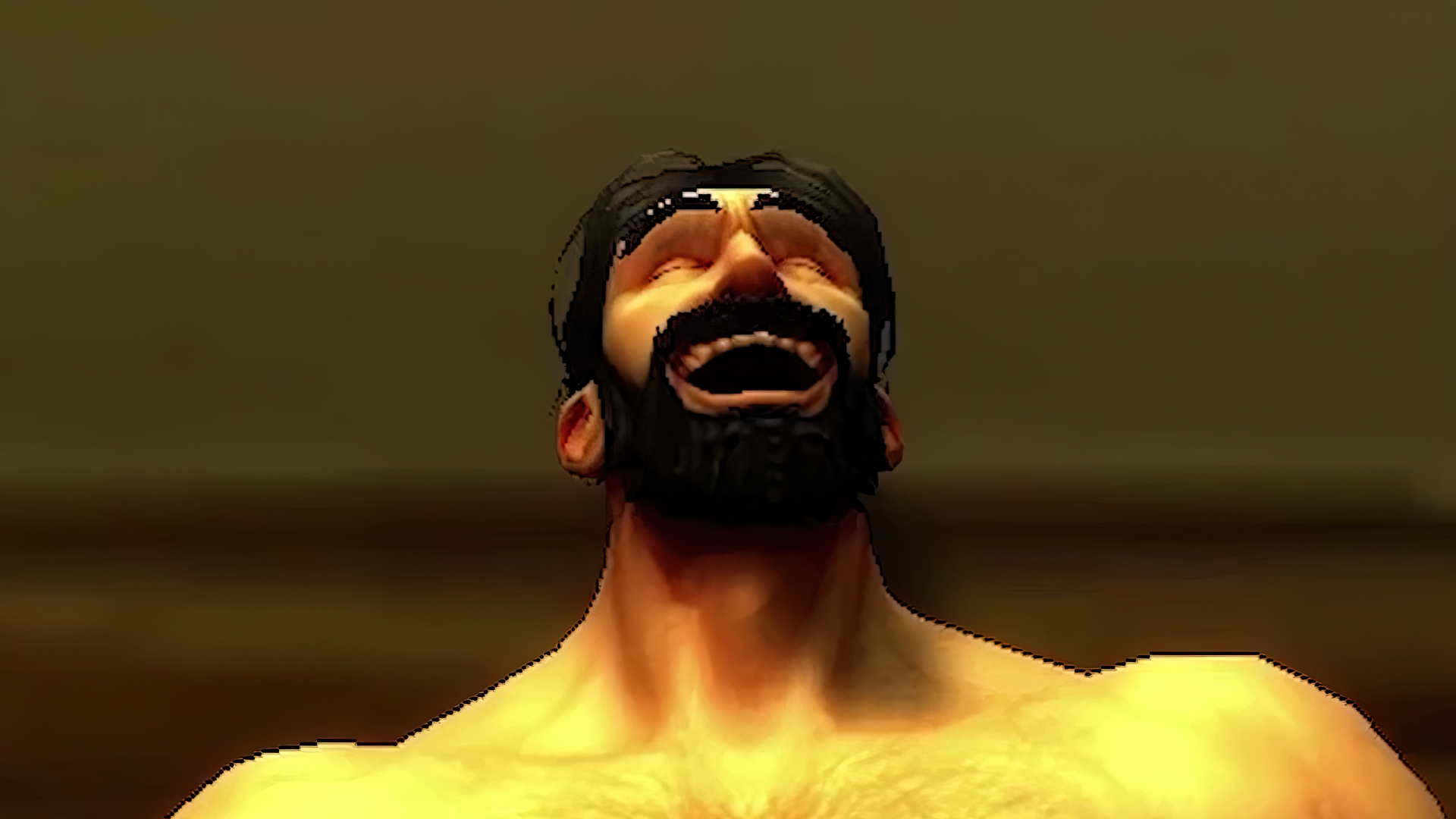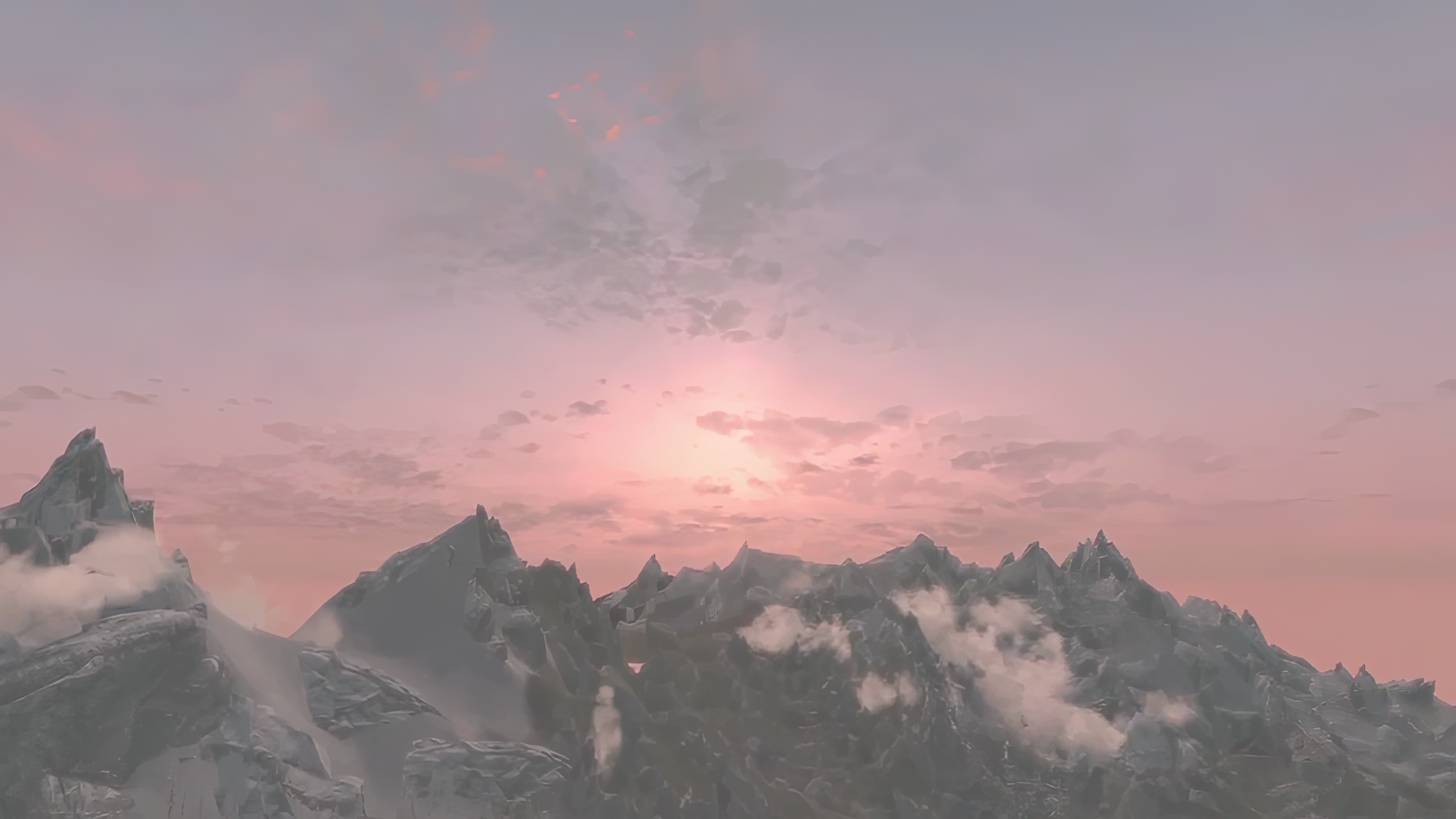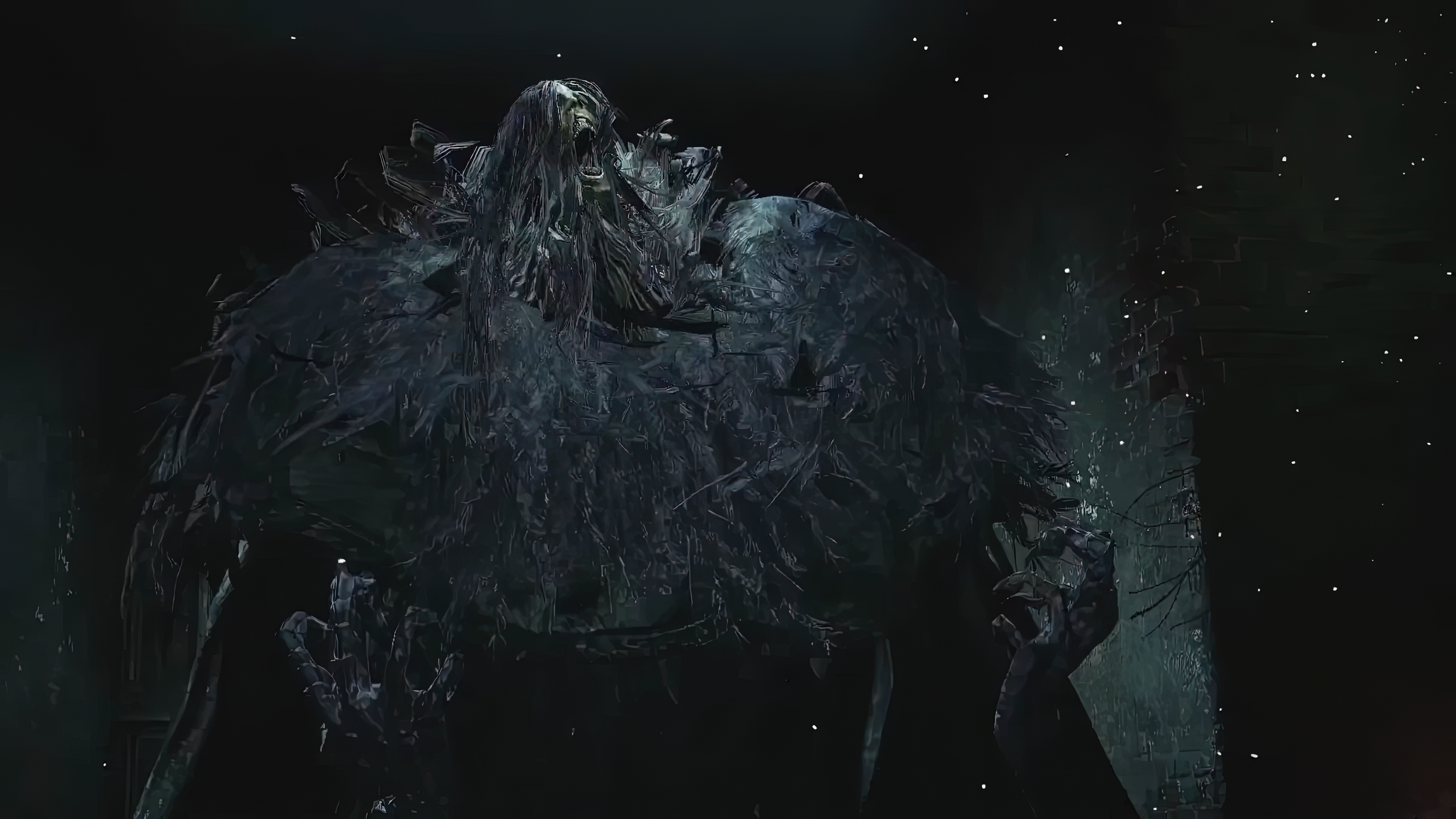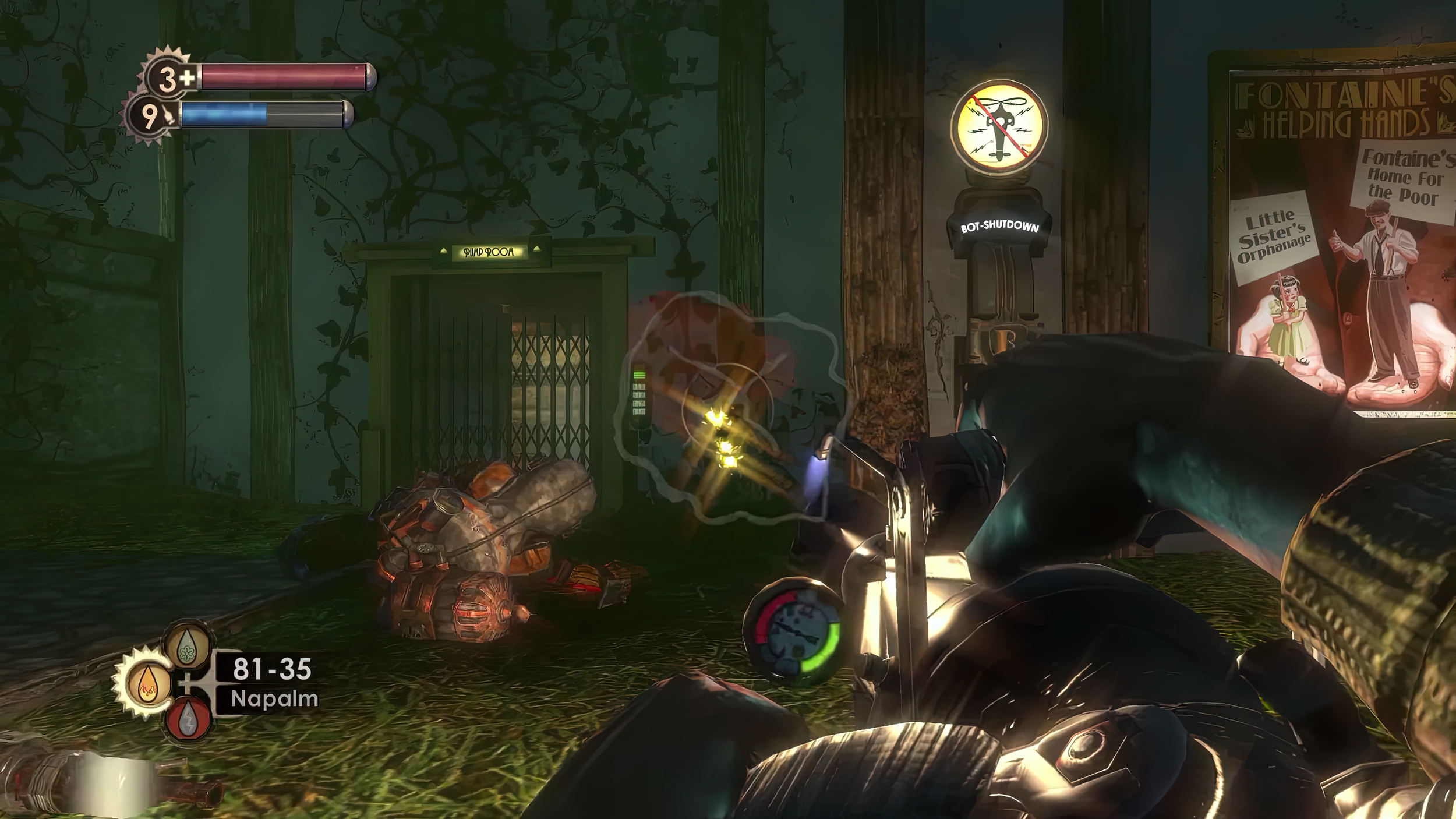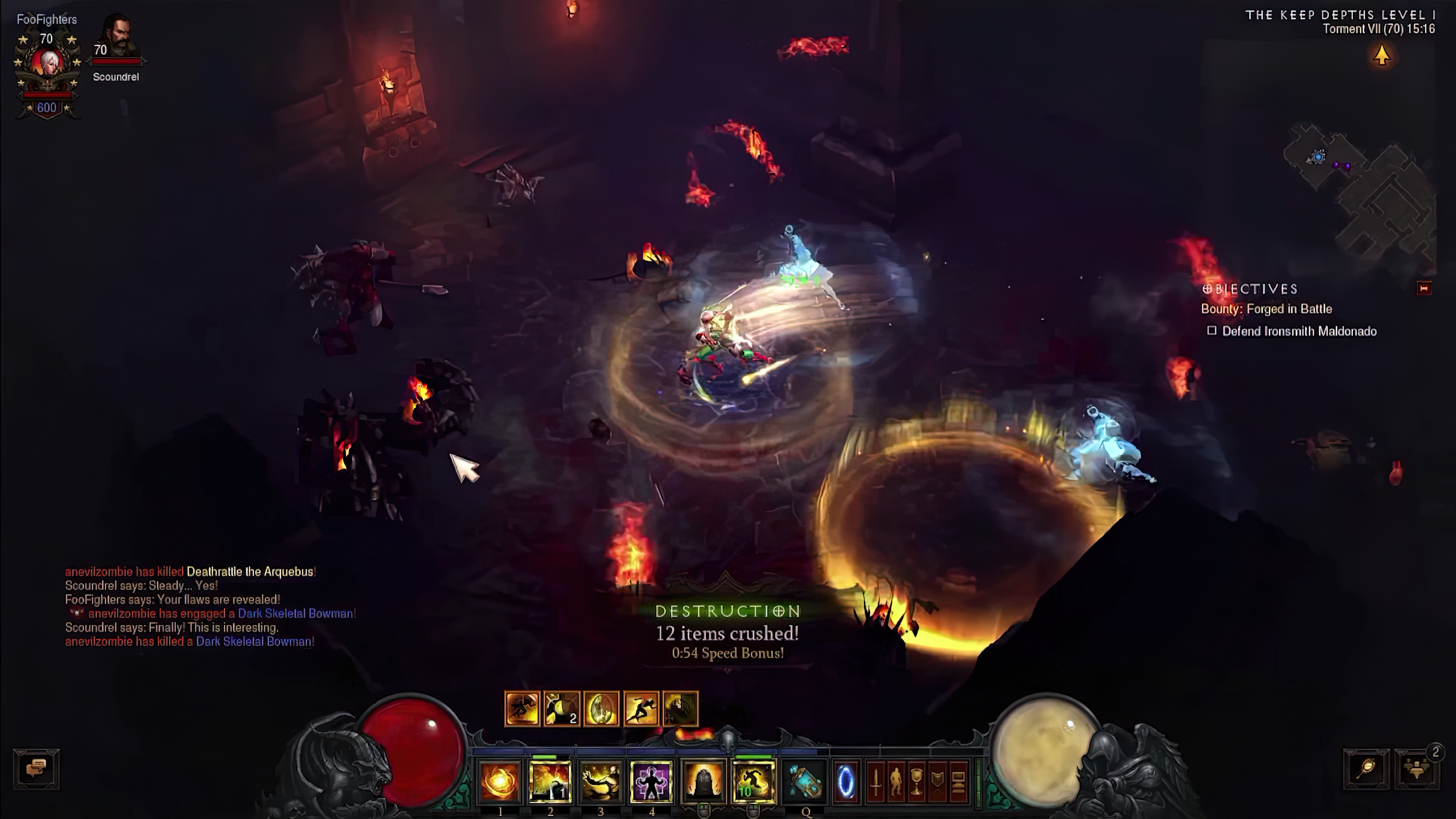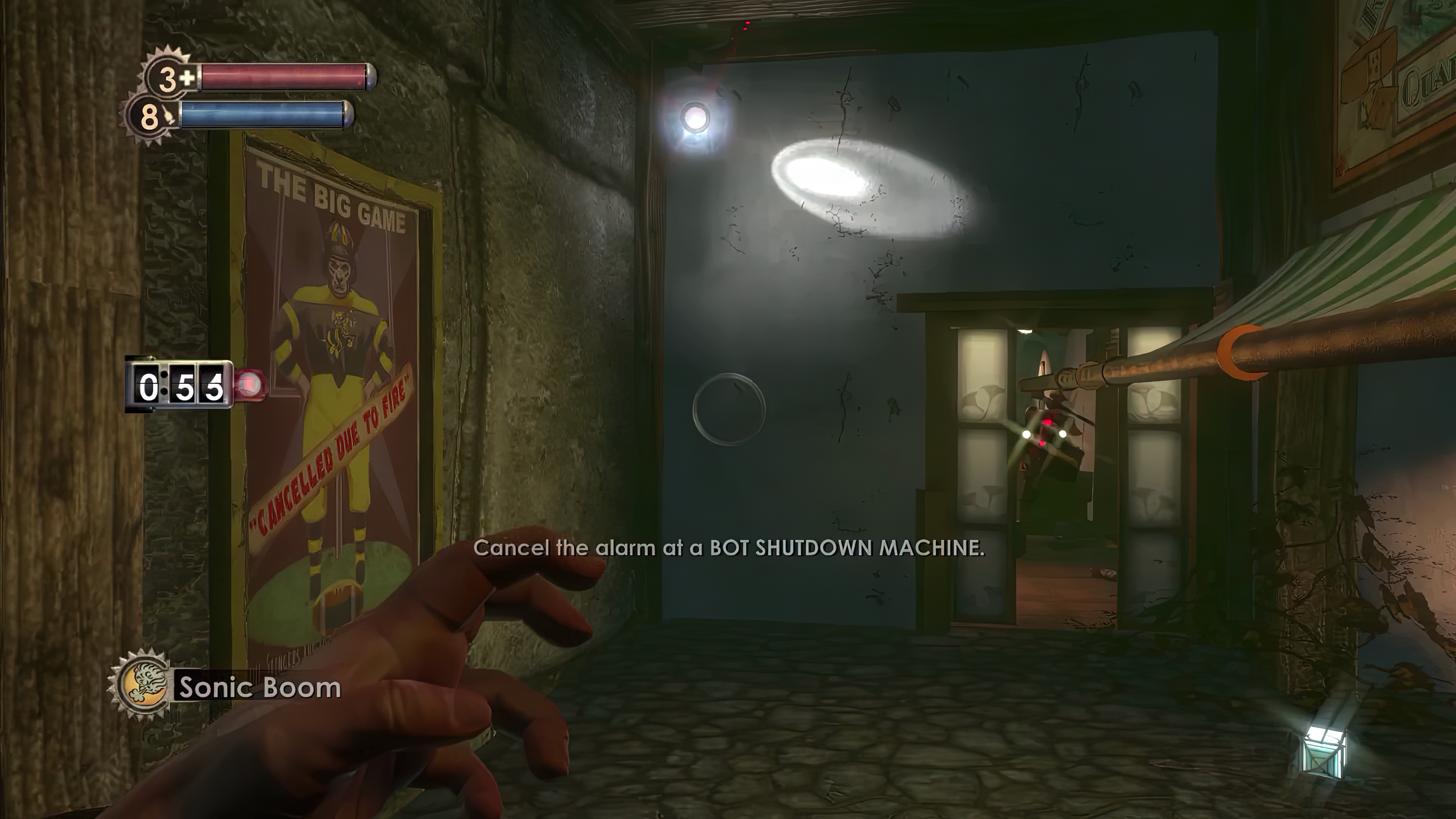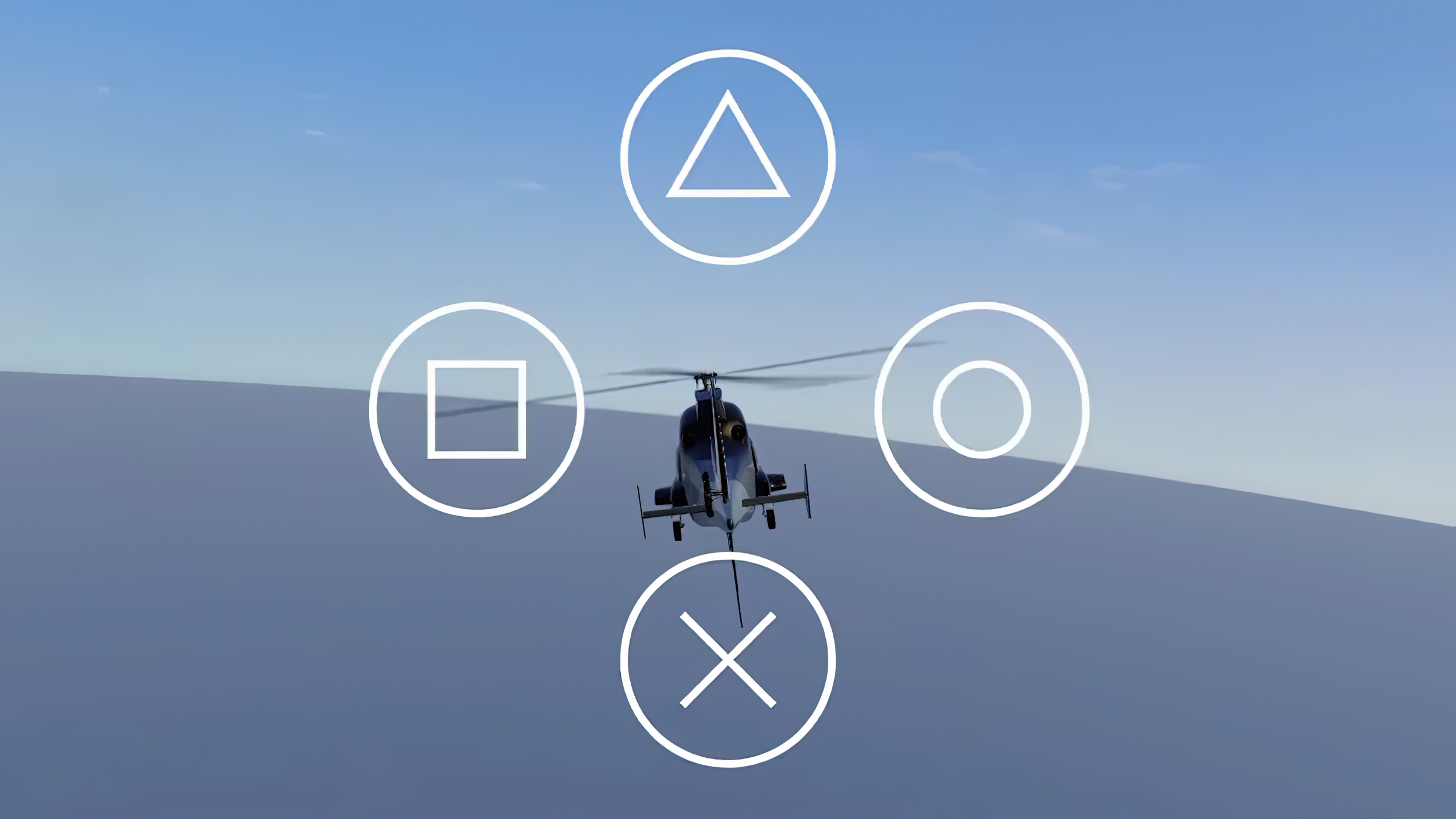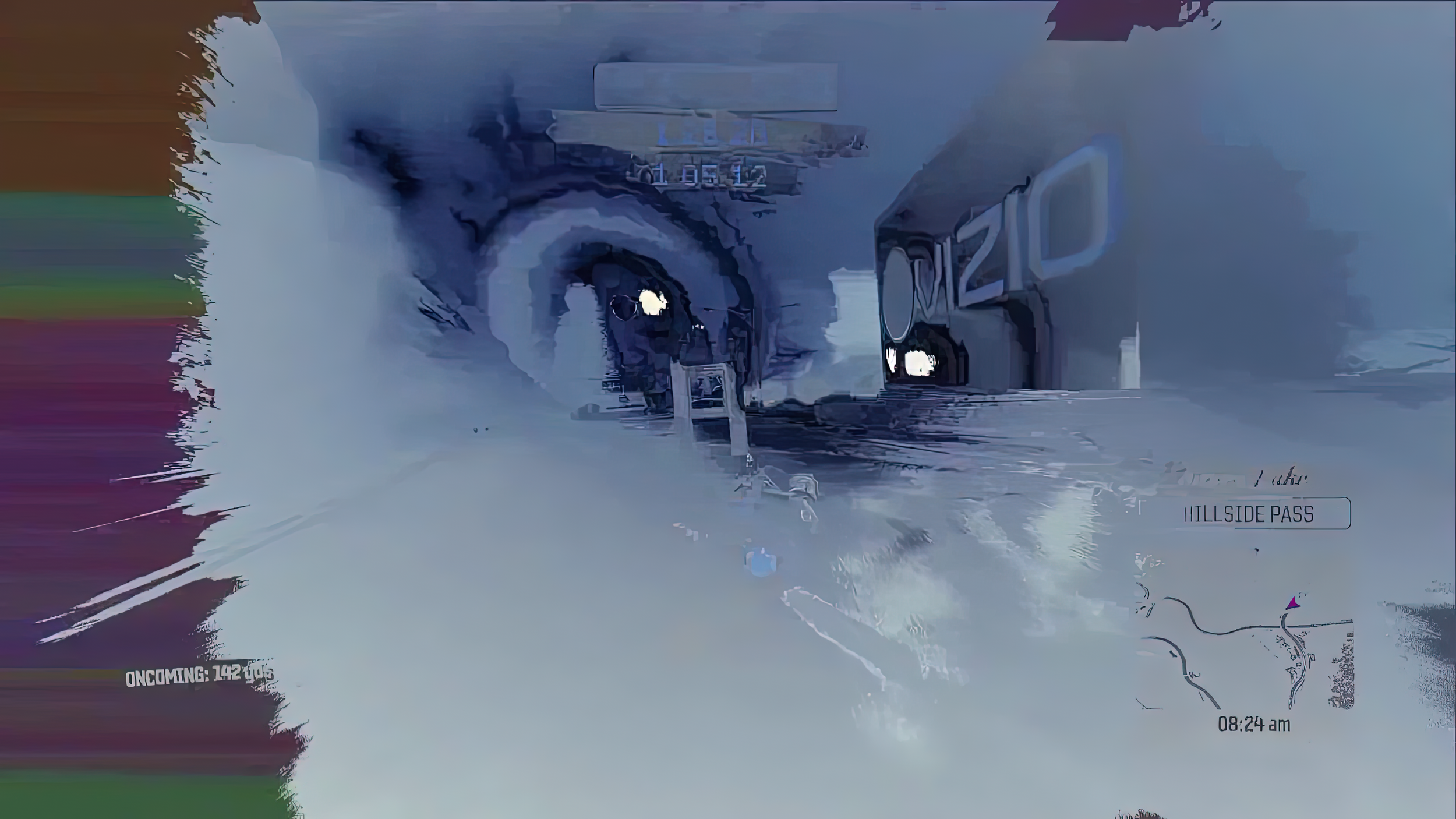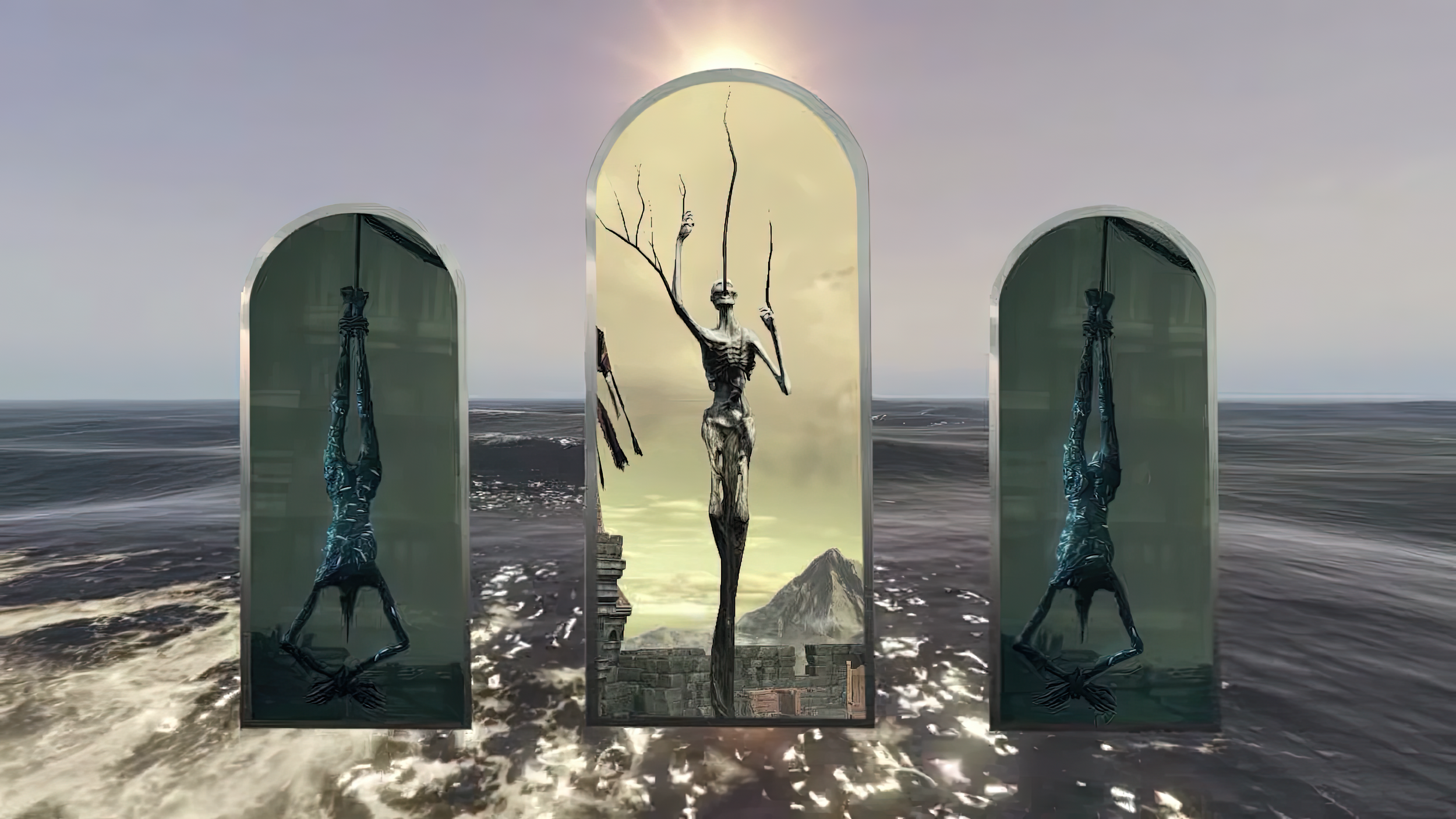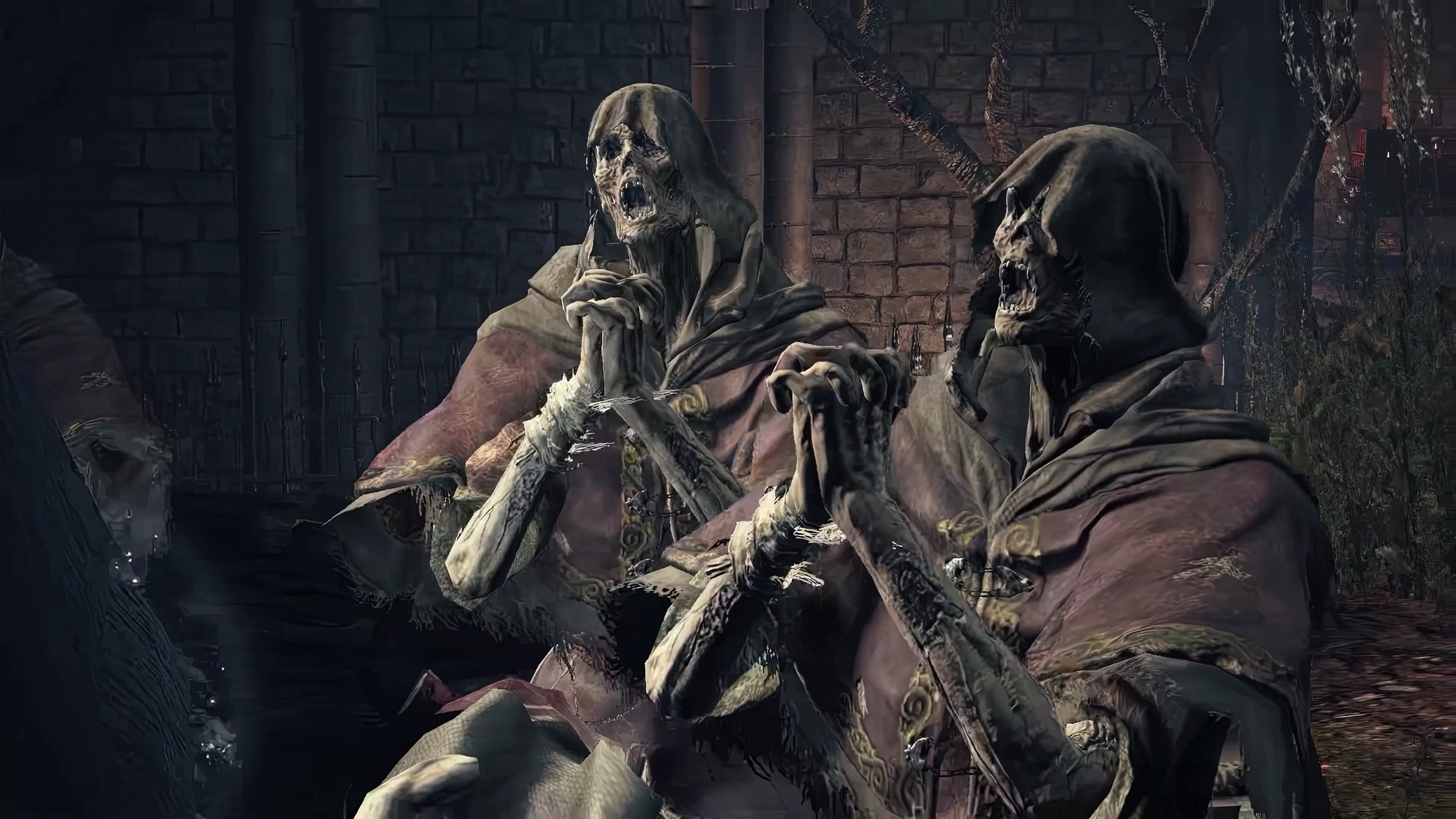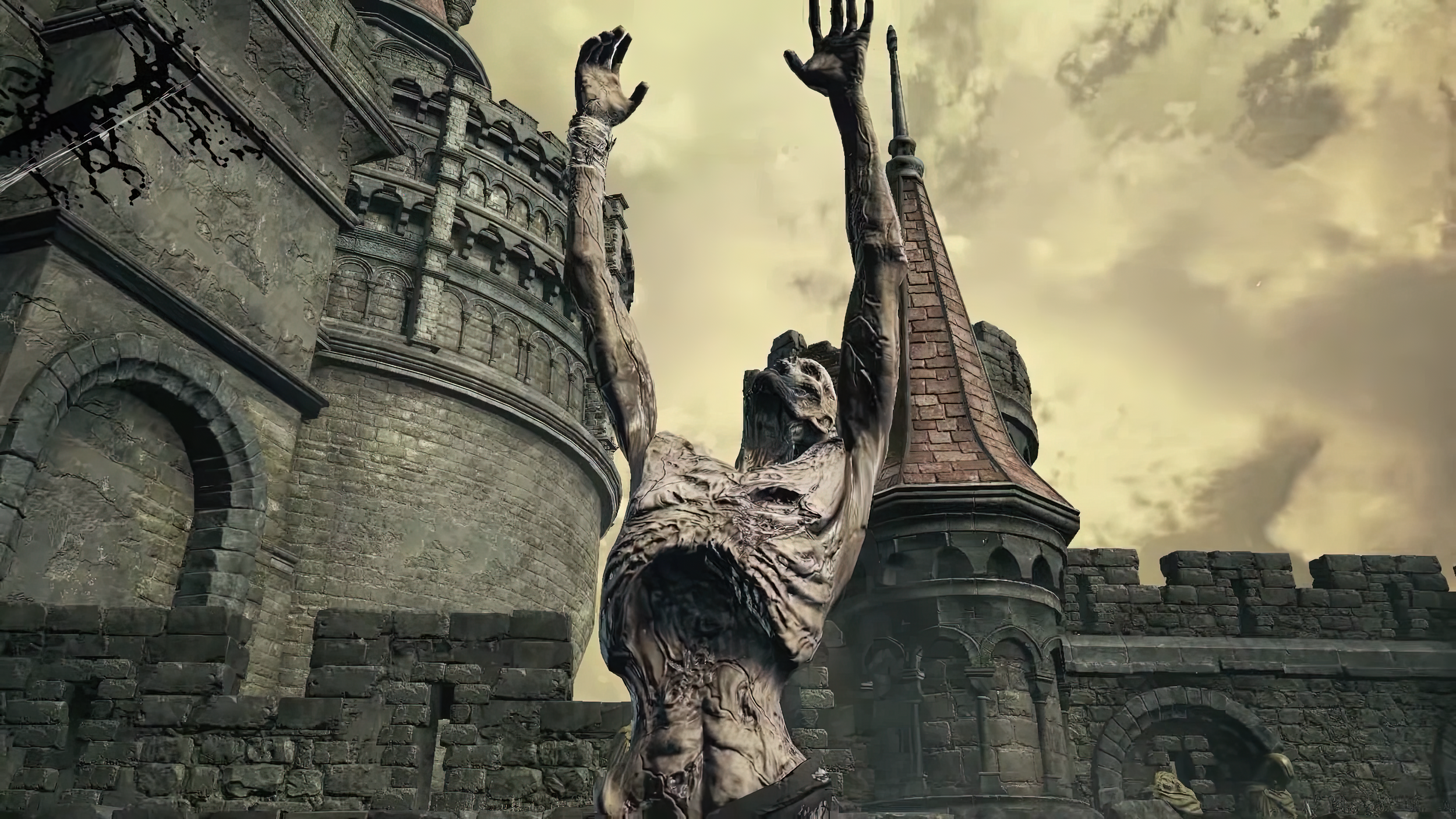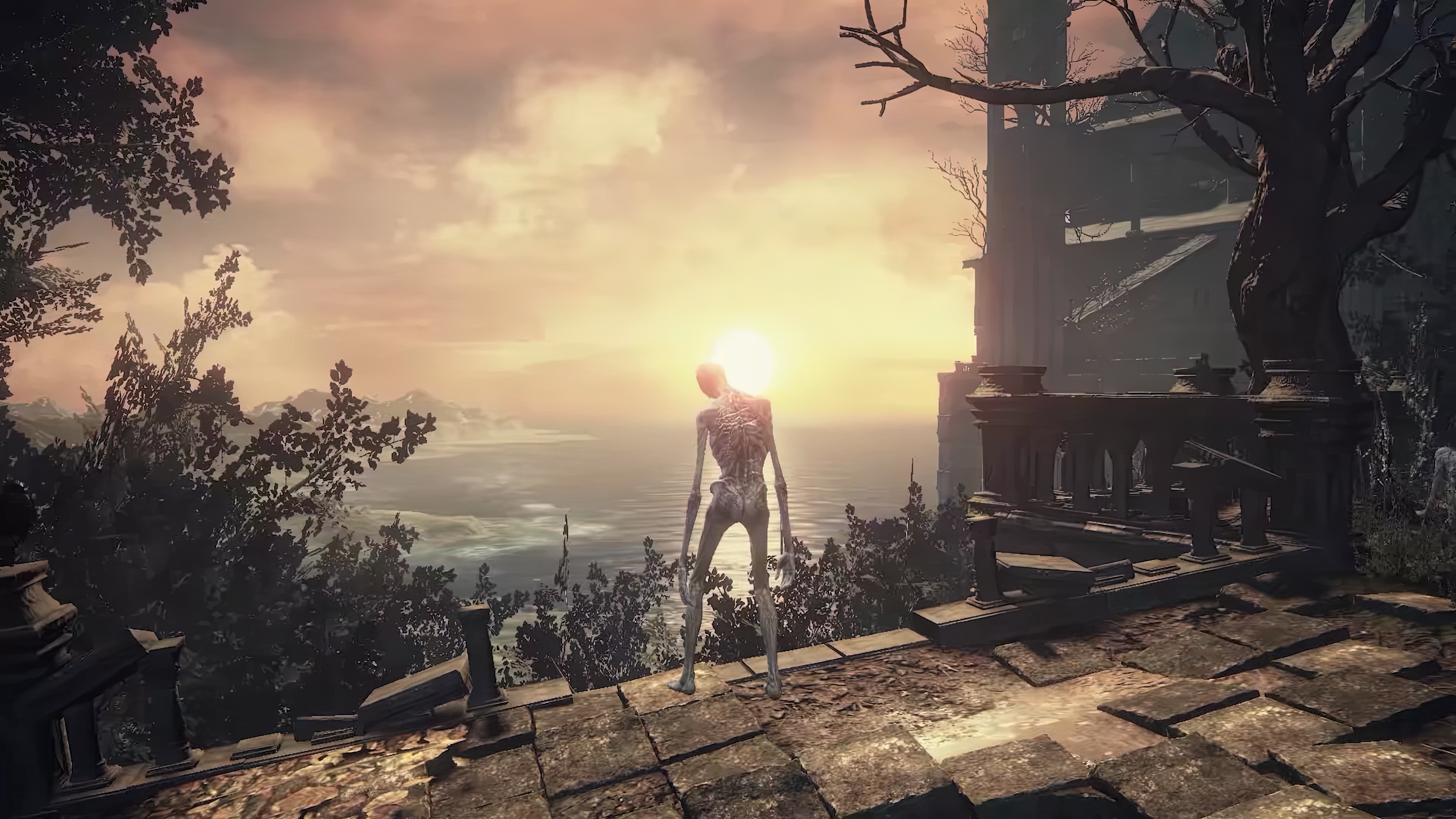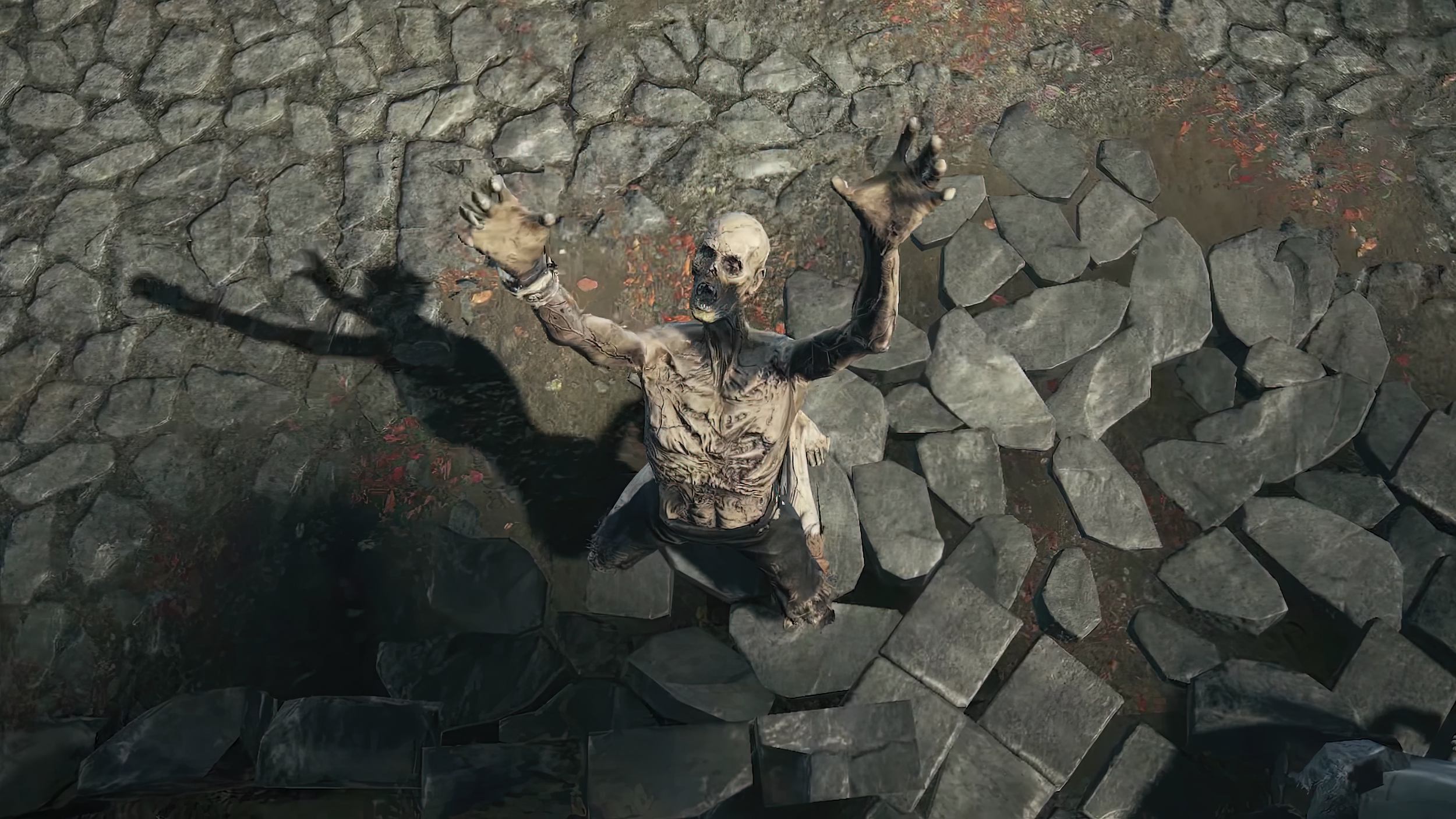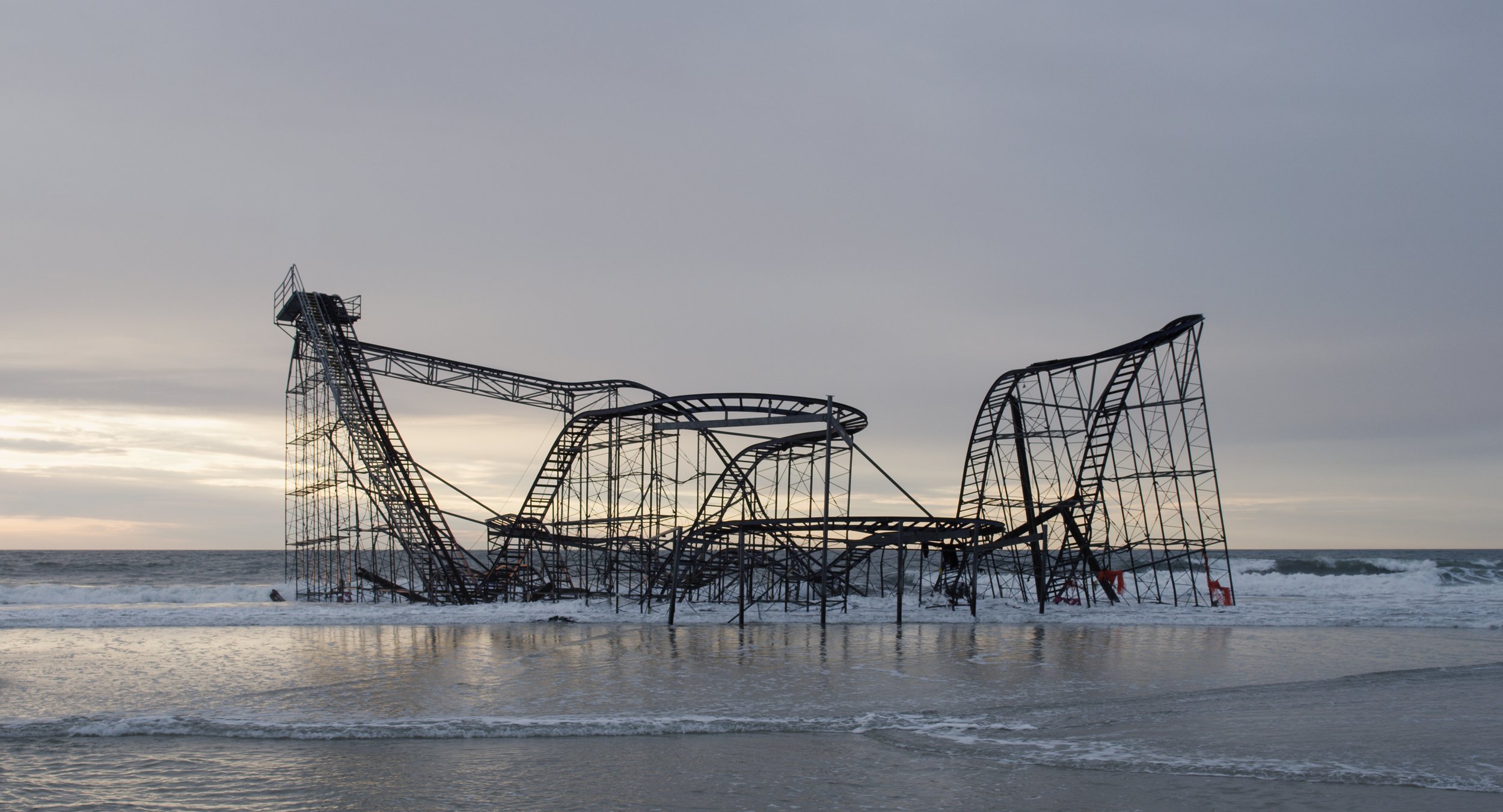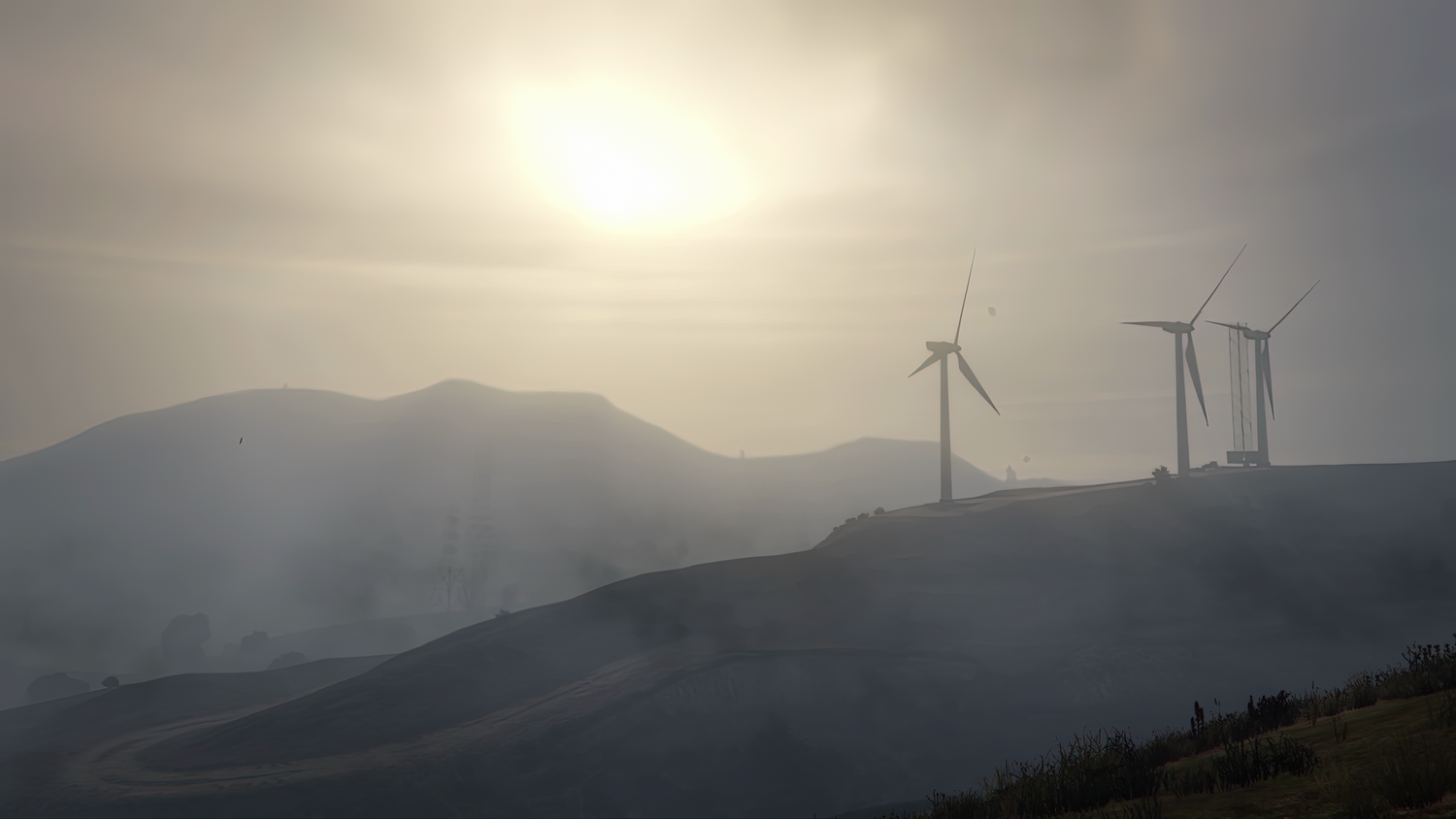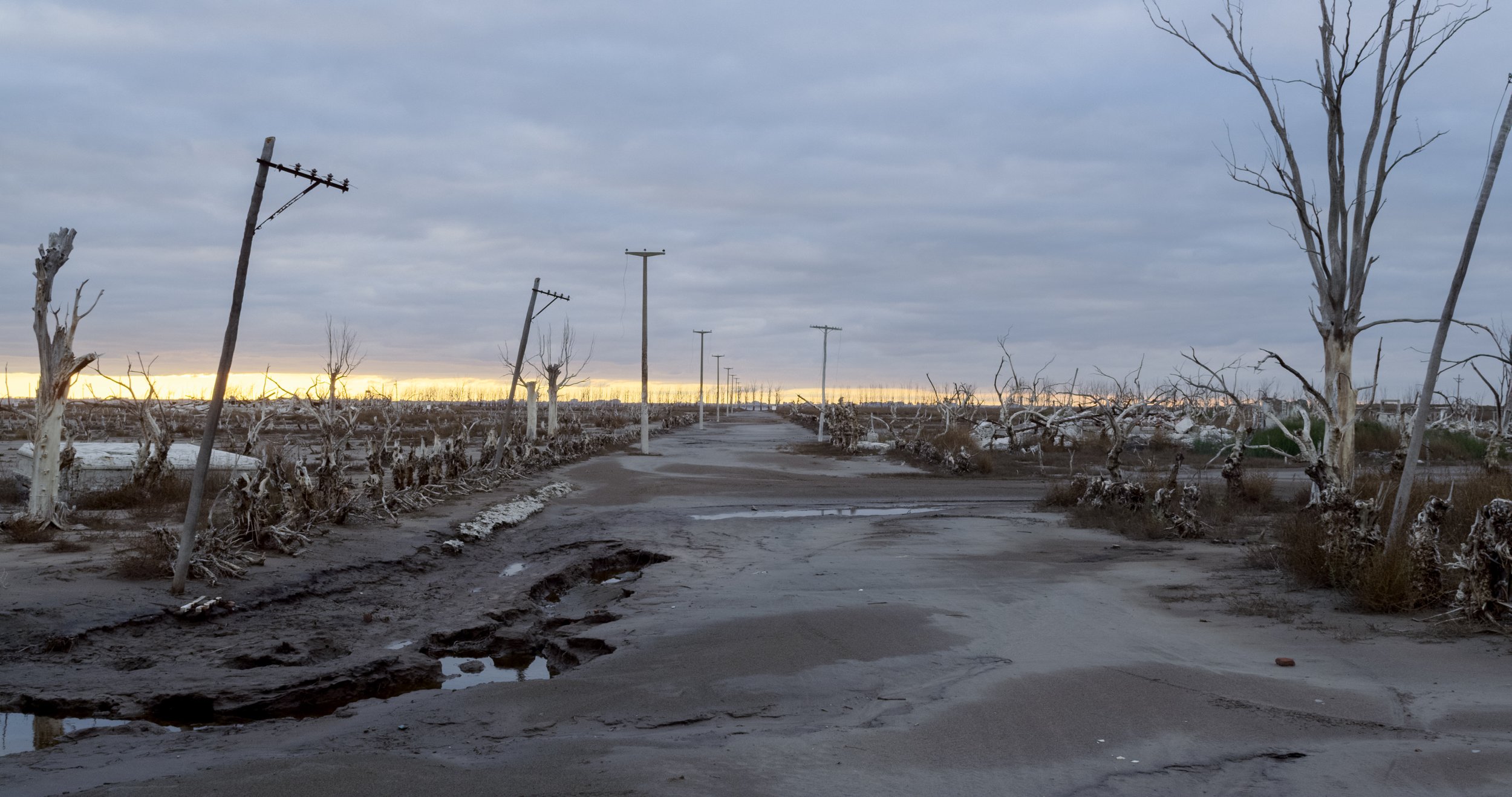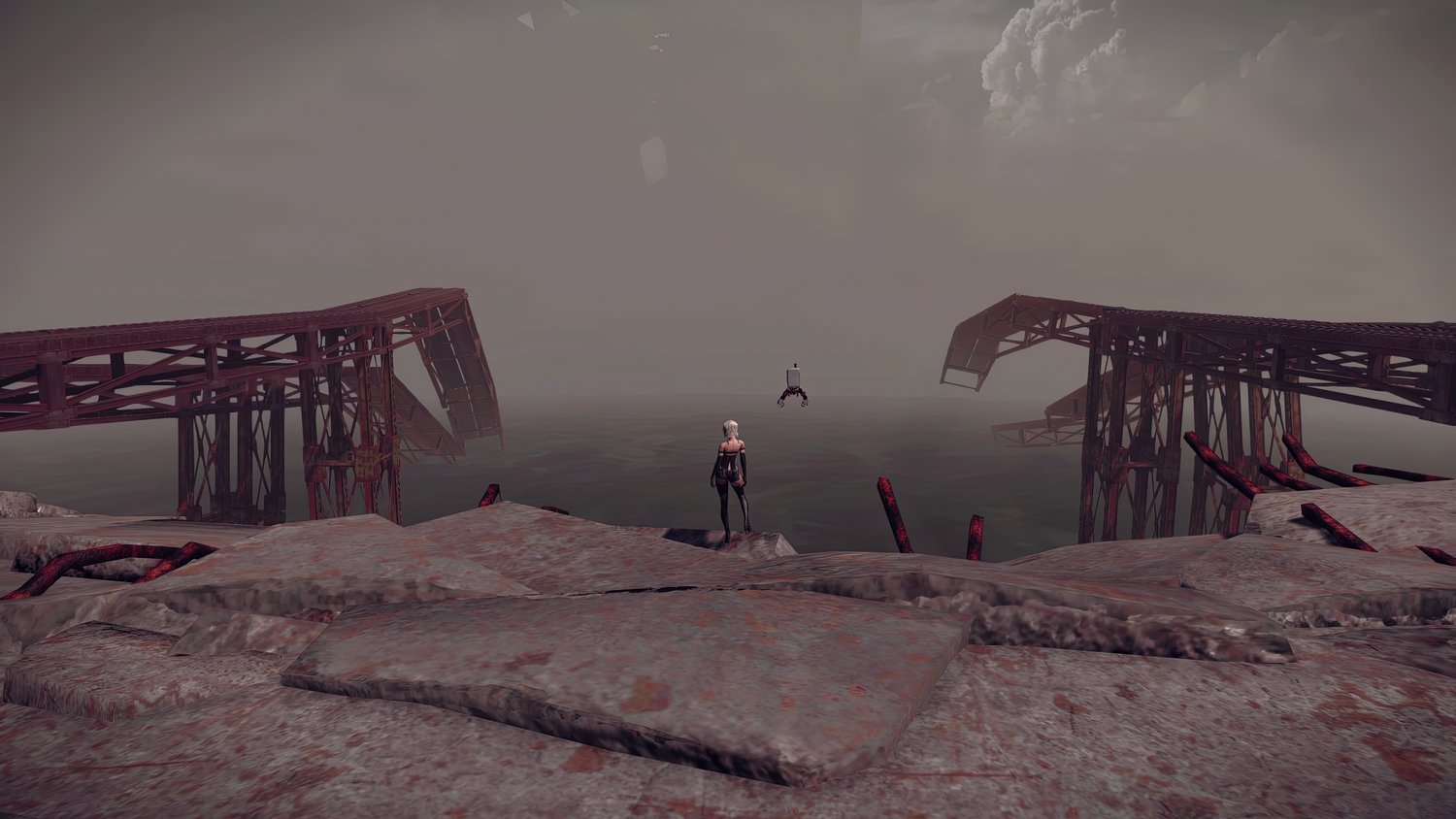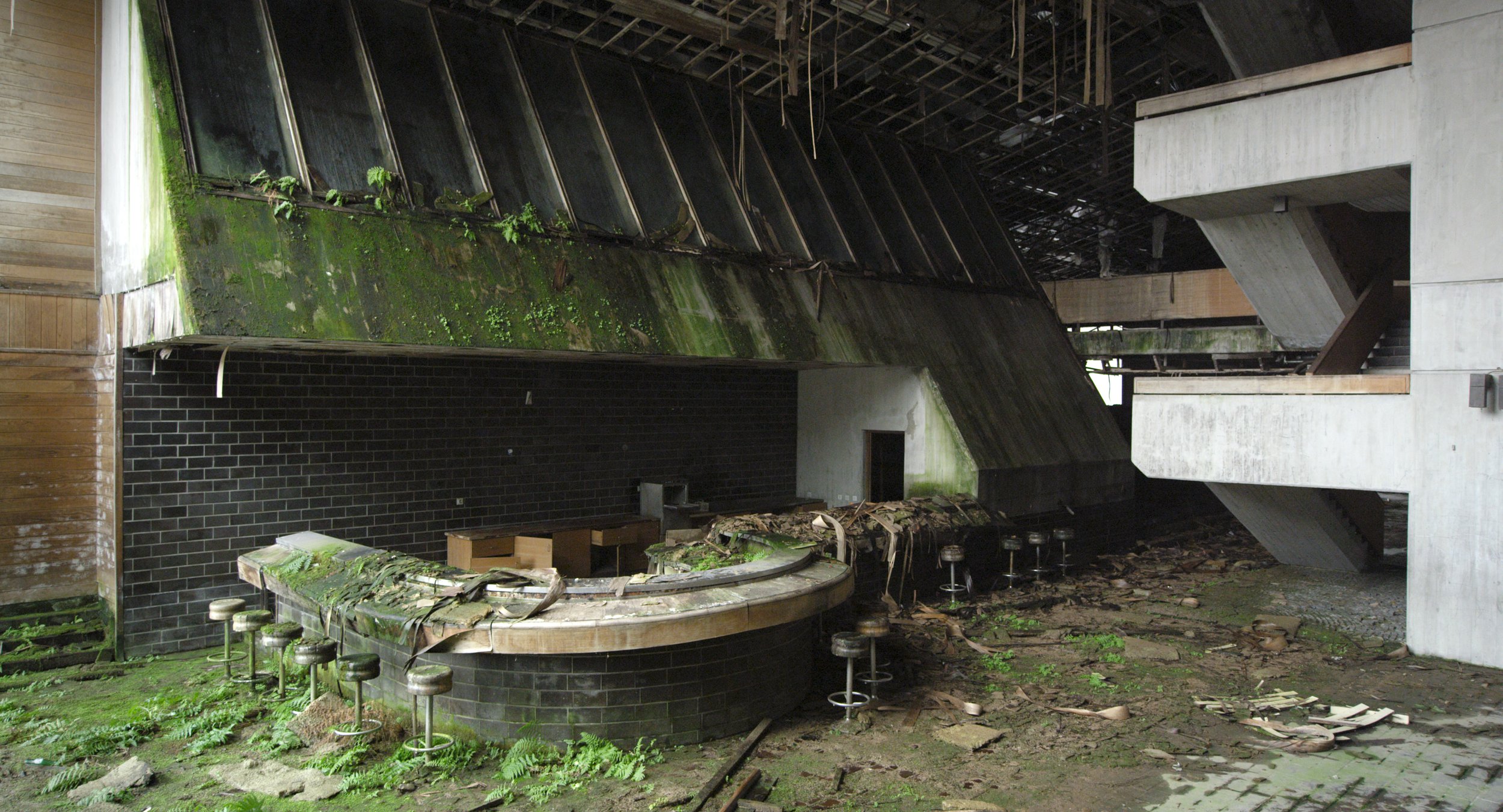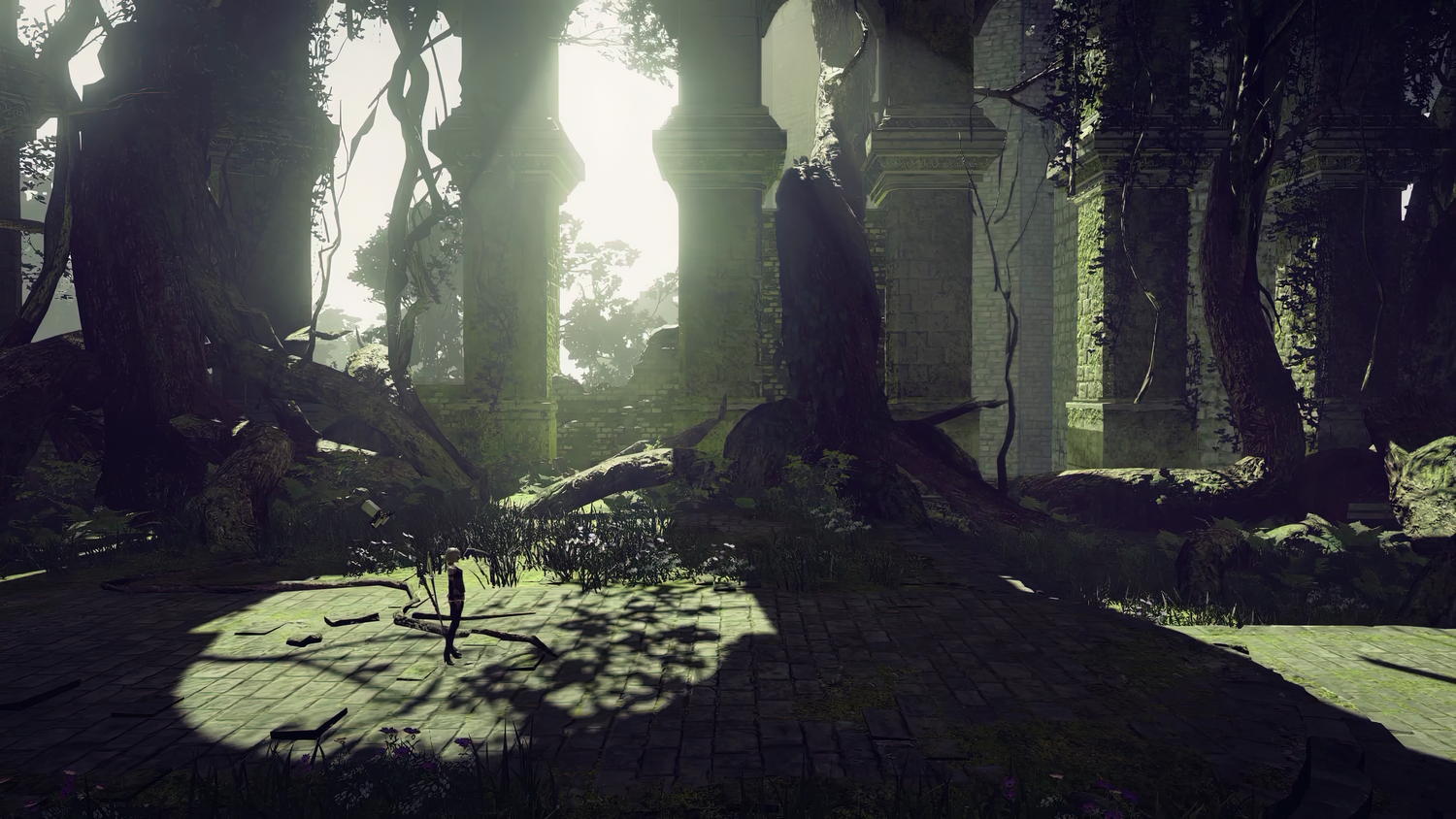VRAL is currently featuring Merlin Dutertre’s Lullaby (2019). To provide a richer context, we delve into some of the influential works that have shaped his artistic journey. In this segment, we examine Jon Rafman’s seminal A Man Digging (2013), which a decade ago dared to challenge conventional gaming paradigms, elevating the act of gameplay into an artful meditation on the very essence of existence itself.
PATREON-EXCLUSIVE CONTENT
〰️
PATREON-EXCLUSIVE CONTENT 〰️
In a revealing interview, Dutertre traces his introduction to machinima back to his formative years in the 2010s, a time when YouTube played a central role in the making of his identity as a filmmaker. Back then, Dutertre engaged enthusiastically with French YouTube gaming content, even though the concept of machinima first eluded his full understanding and, therefore, appreciation. However, it was during his high school years that Dutertre’s curiosity was ignited, courtesy of Jon Rafman’s work, particularly A Man Digging (2013). Rafman’s unconventional approach, based on appropriating and recontextualizing Max Payne 3 (Rockstar Games, 2012), stood apart from the typical bombastic and often juvenile vernacular machinima fare. For Dutertre, that encounter was a true epiphany.
In A Man Digging, Rafman embarks on a fascinating exploration of eerie virtual landscapes marred by abject violence. The artist skillfully interweaves game footage from the ultra-violent crime story with introspective voice-over narration that plunges into the puzzling transcendental categories of time and memory. Rafman’s narrative strategy – reminiscent of the style of the video essay – marks a radical departure from the expected role of a player. While countless online videos typically document in-game achievements, suggest ways of “gaining advantage” or provide detailed walkthroughs, Rafman’s approach is refreshingly unique. He deliberately eradicates every in-game computer-controlled character before recording footage, thereby setting the stage for an unparalleled viewing experience. We are left to contemplate the aftermath of a massacre. The calm after the storm. A Man Digging is an artistic walkthrough inspired by the avant garde practice of Chris Marker, whose works often take on an essayistic form, blending elements of documentary, fiction, and personal reflection...
Matteo Bittanti
Works cited
Chris Marker, Ouvroir the Movie, digital video, color, sound, 29’ 49”, 2008, France
Jon Rafman, A Man Digging, digital video, color, sound, 8’ 20, 2013, Canada
Jon Rafman with Rosa Aiello, Remember Carthage, digital video color, sound, 13’ 43”, Canada
Rockstar Studios, Max Payne 3, Rockstar Games, 2012
This is a Patreon exclusive content. For full access consider joining our growing community.

